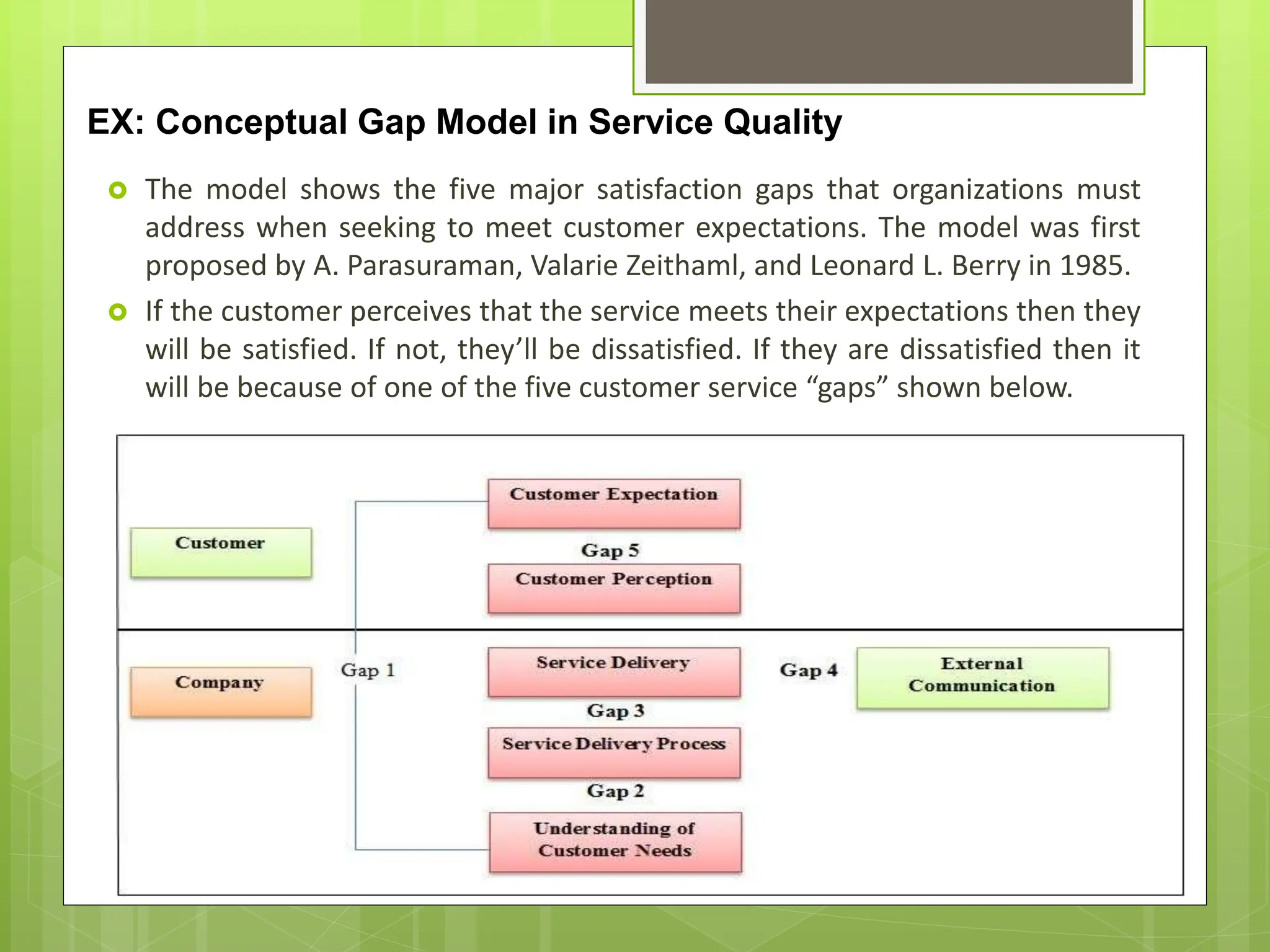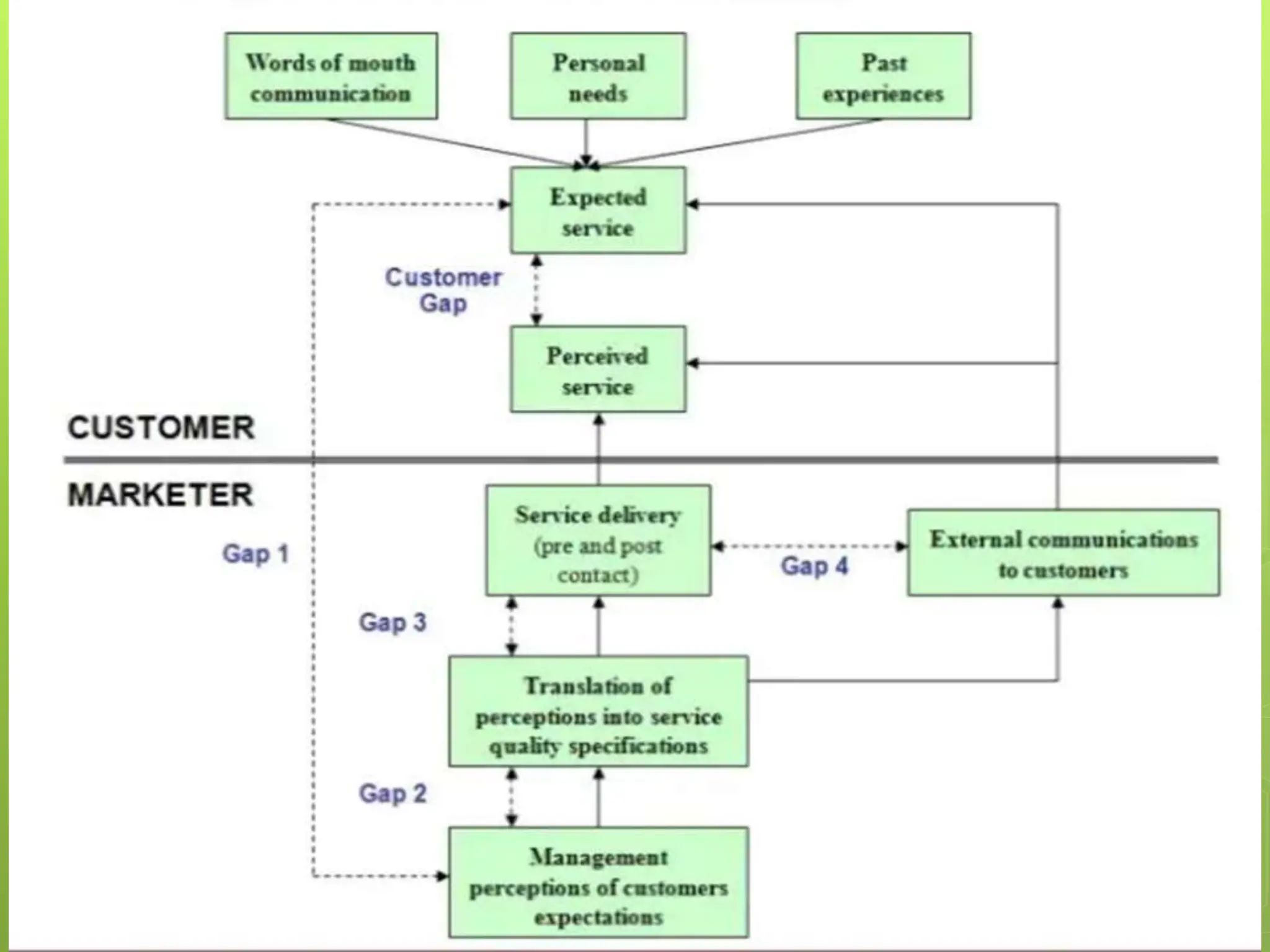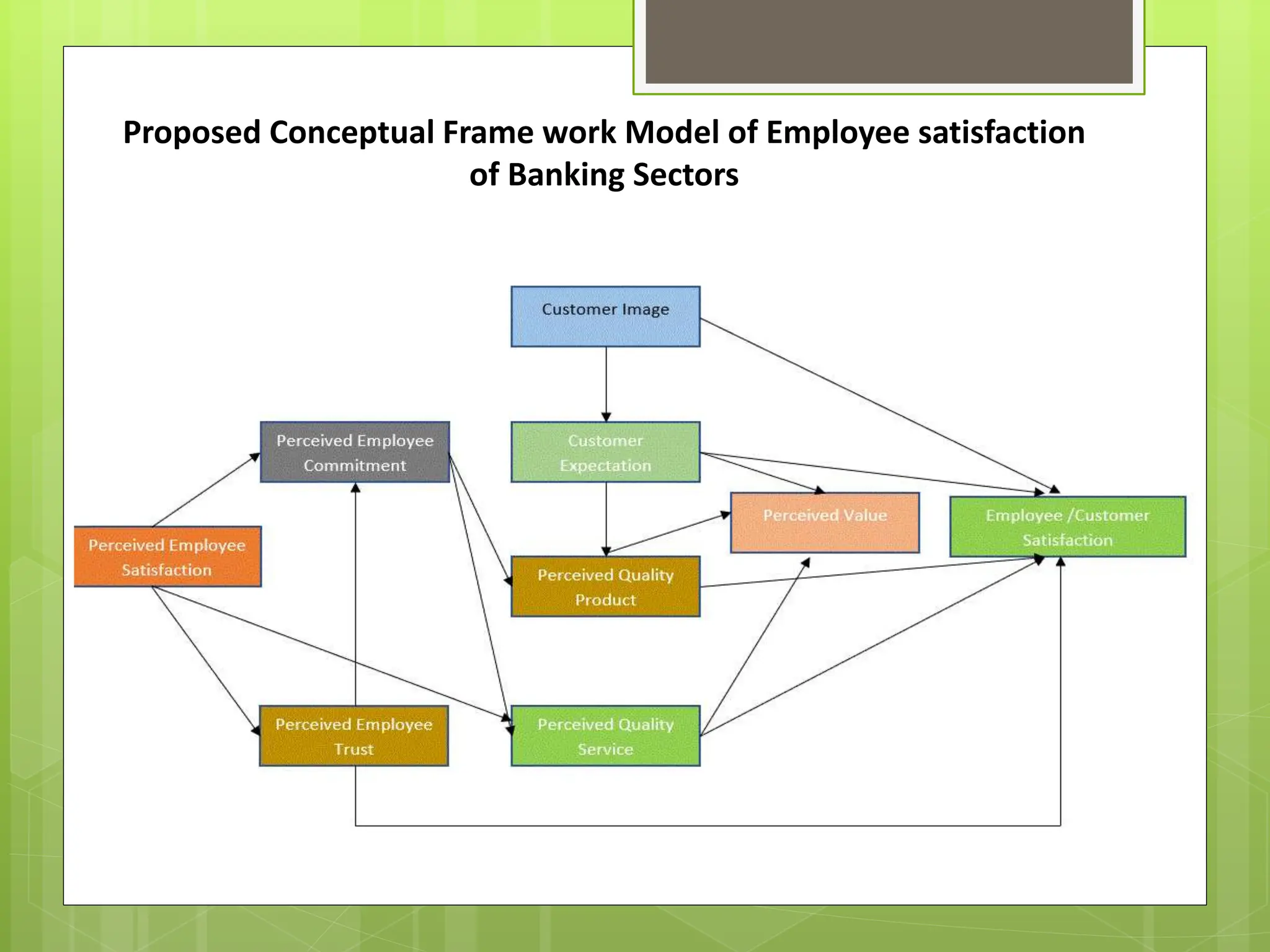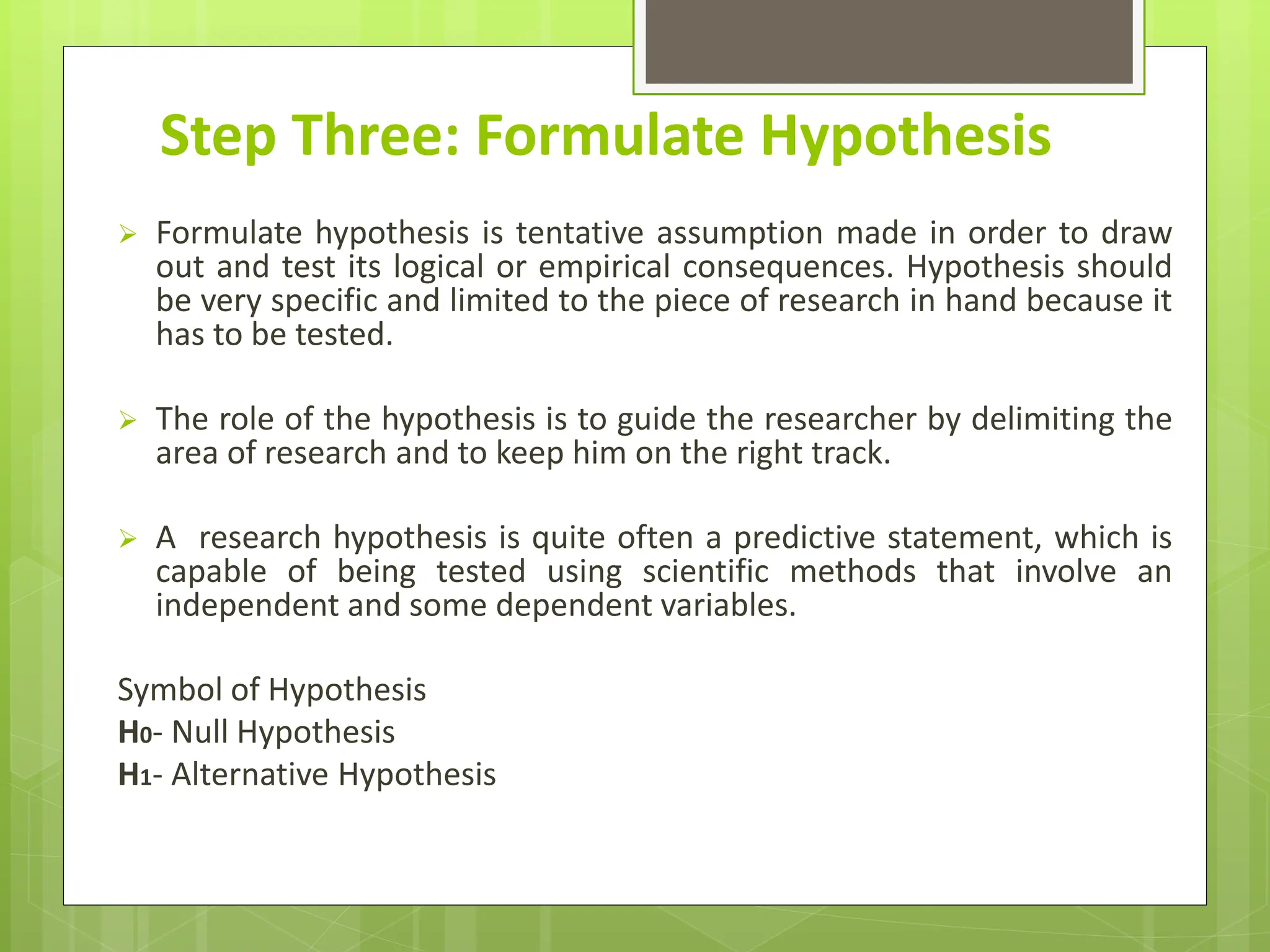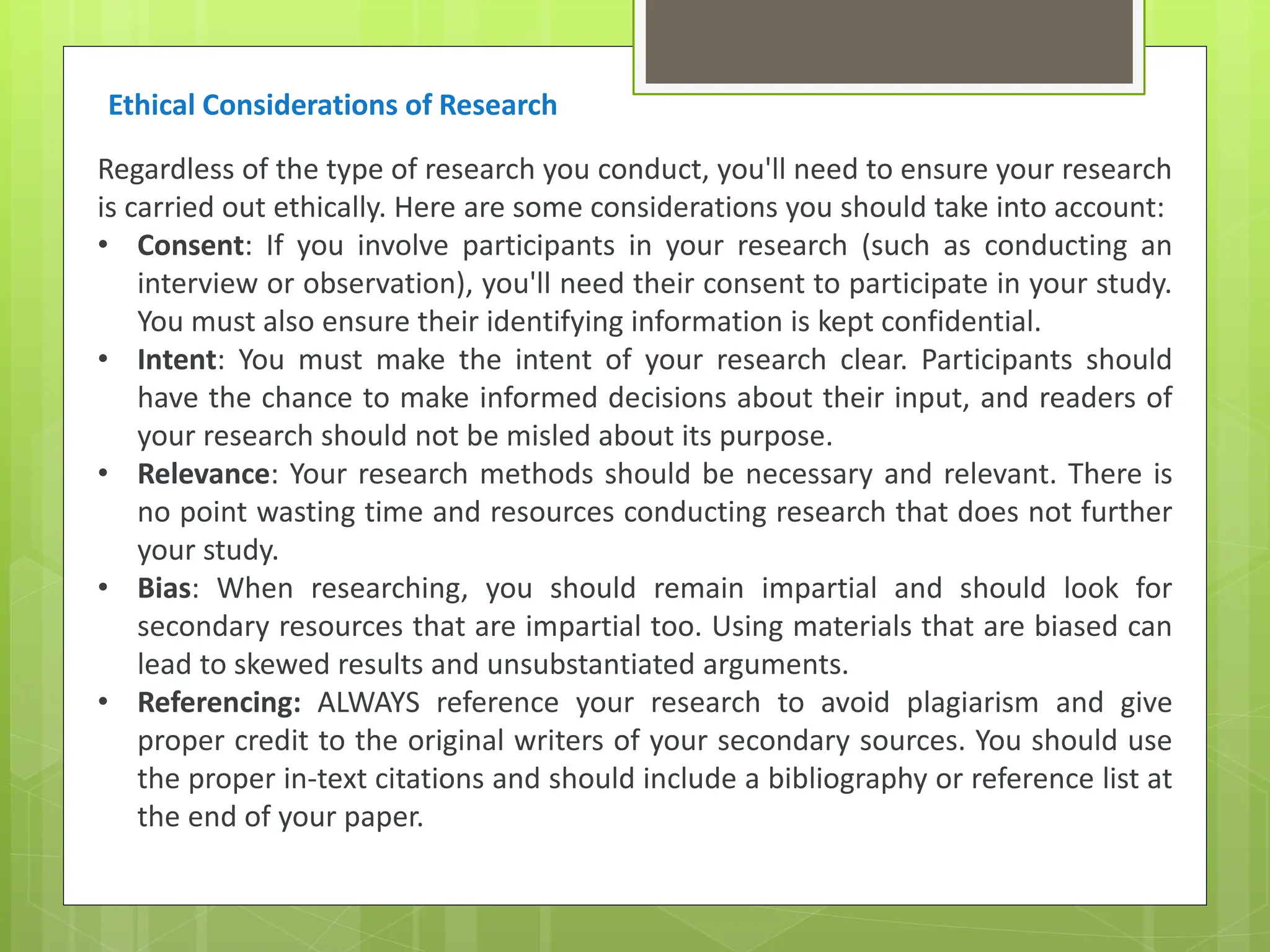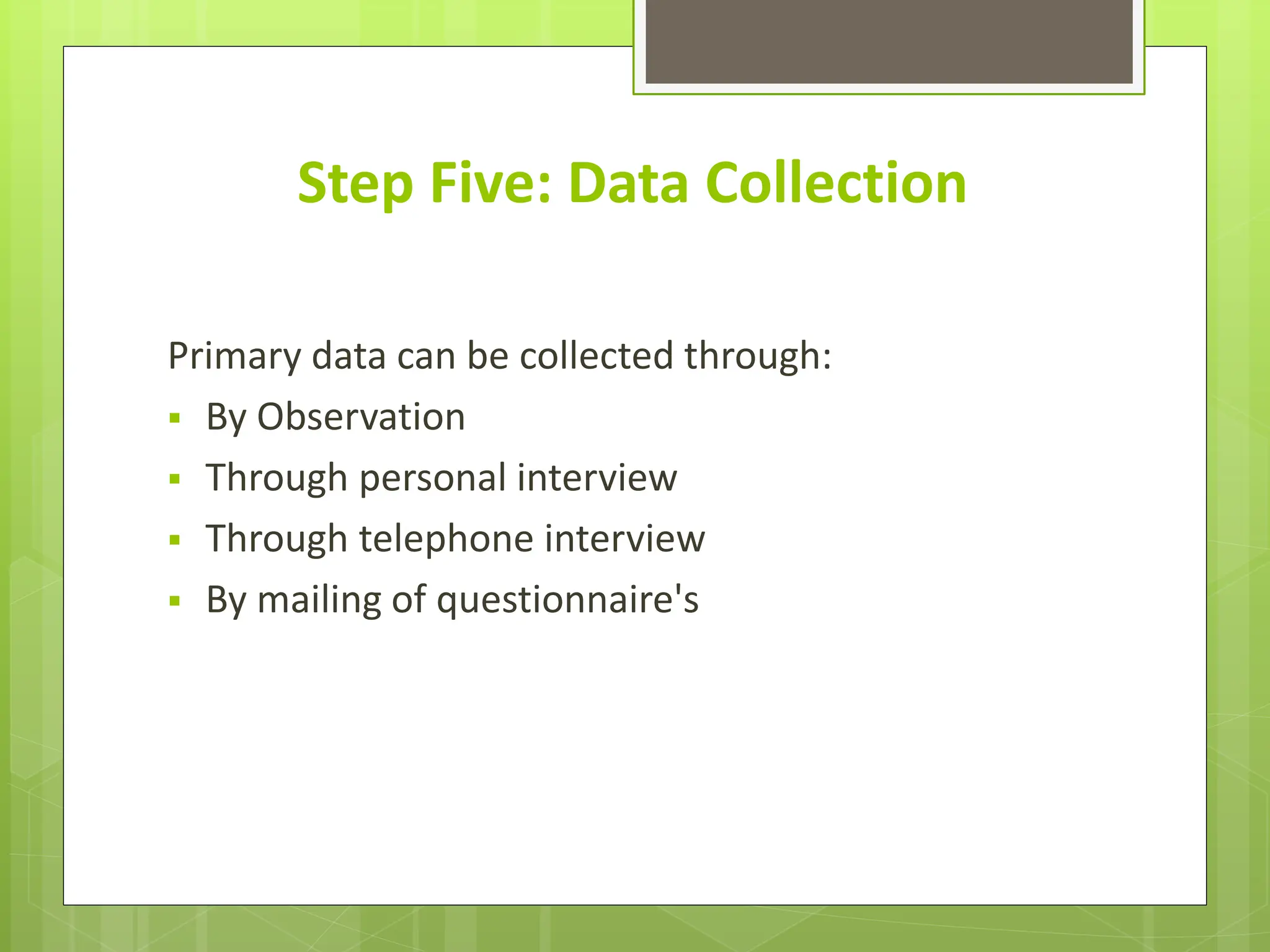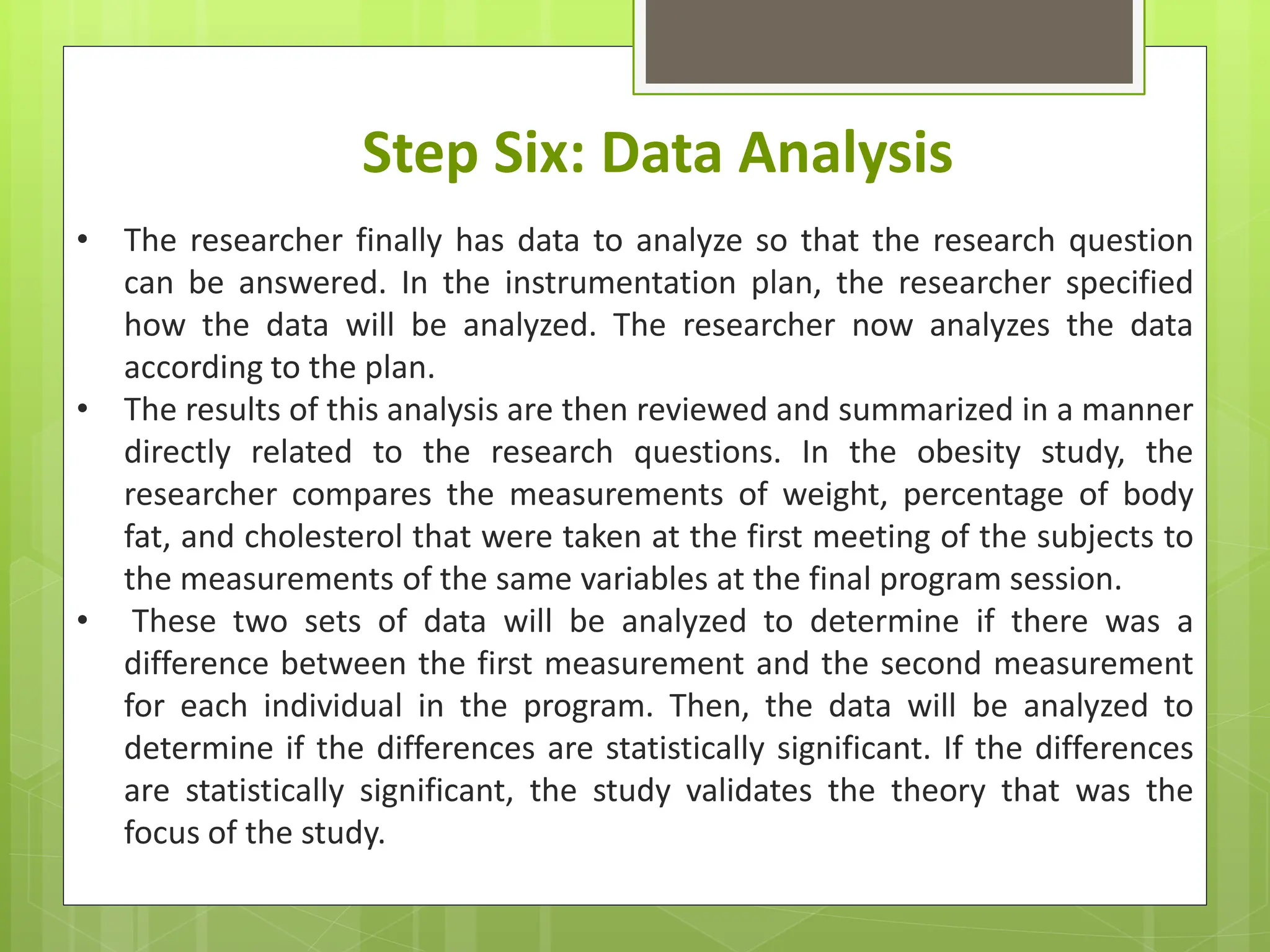This document discusses research and the research process. It begins by defining research and distinguishing between applied and basic research, providing examples of each. It then discusses common research objectives such as describing a topic, distinguishing between variables, and explaining relationships. The document outlines the typical steps in the research process, including defining the problem, reviewing literature, formulating hypotheses, designing the study, collecting and analyzing data, and reporting findings. It also discusses types of research such as qualitative vs. quantitative and conceptual vs. empirical. Overall, the document provides an overview of key concepts and processes involved in conducting research.
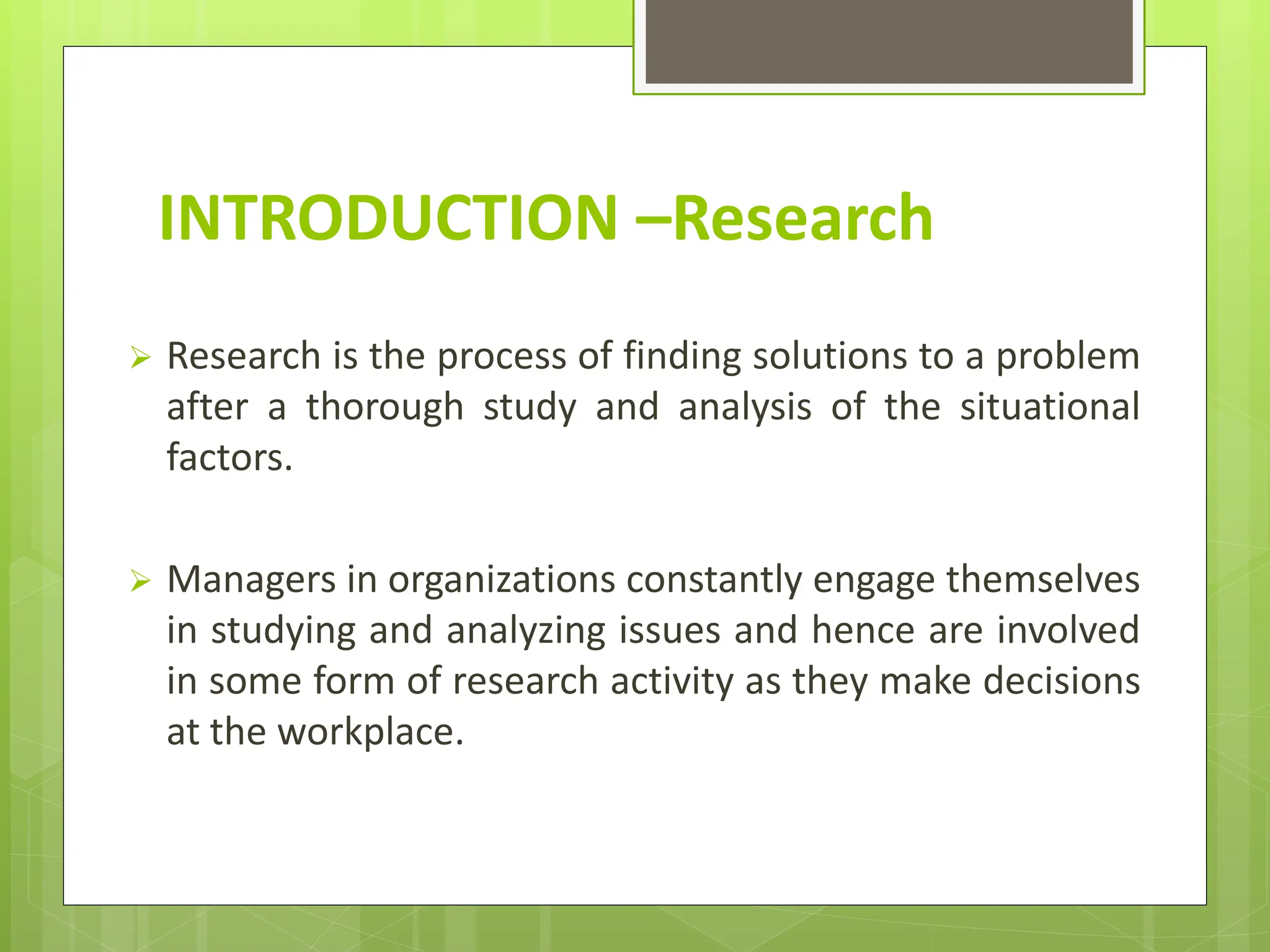
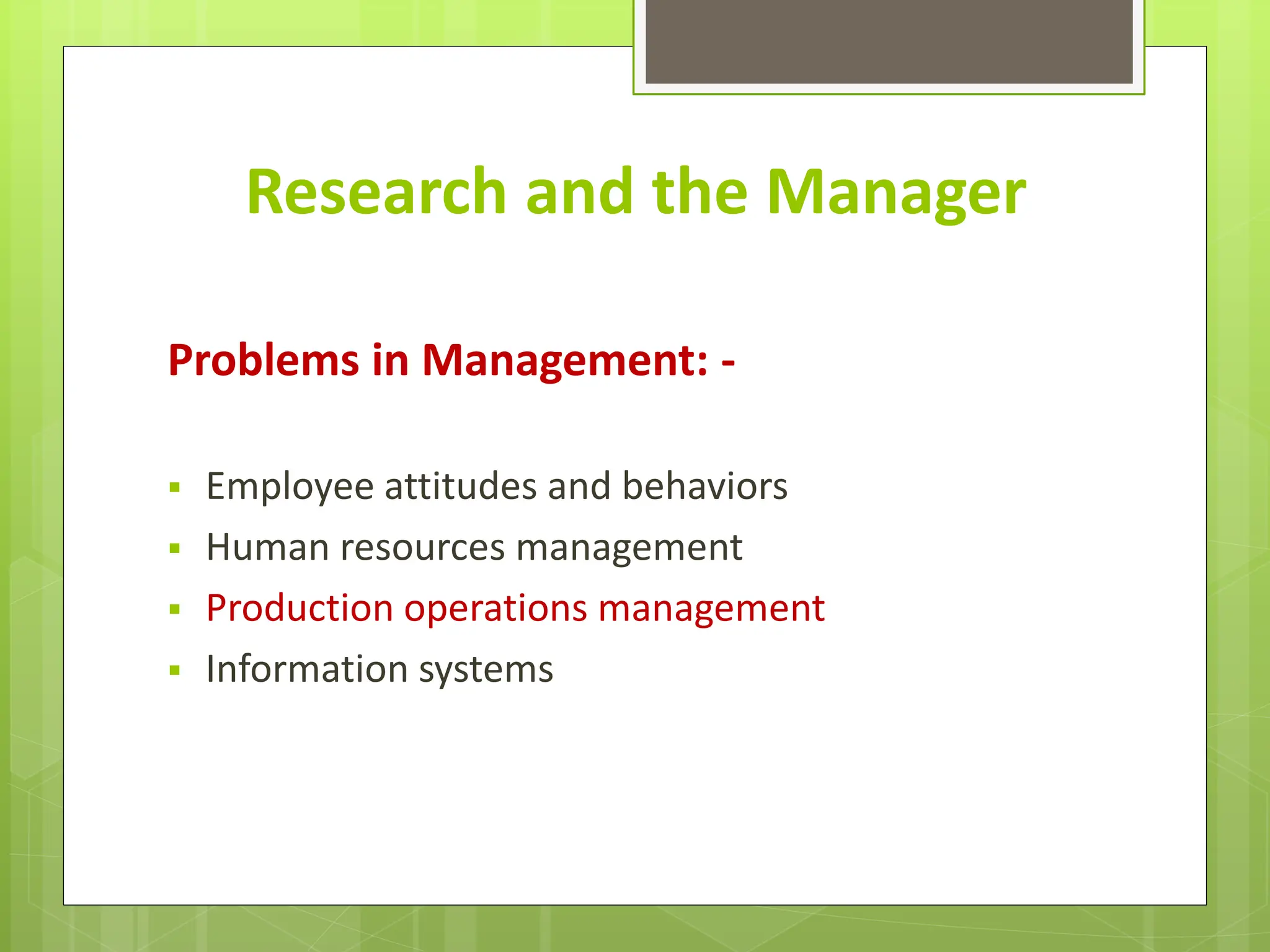
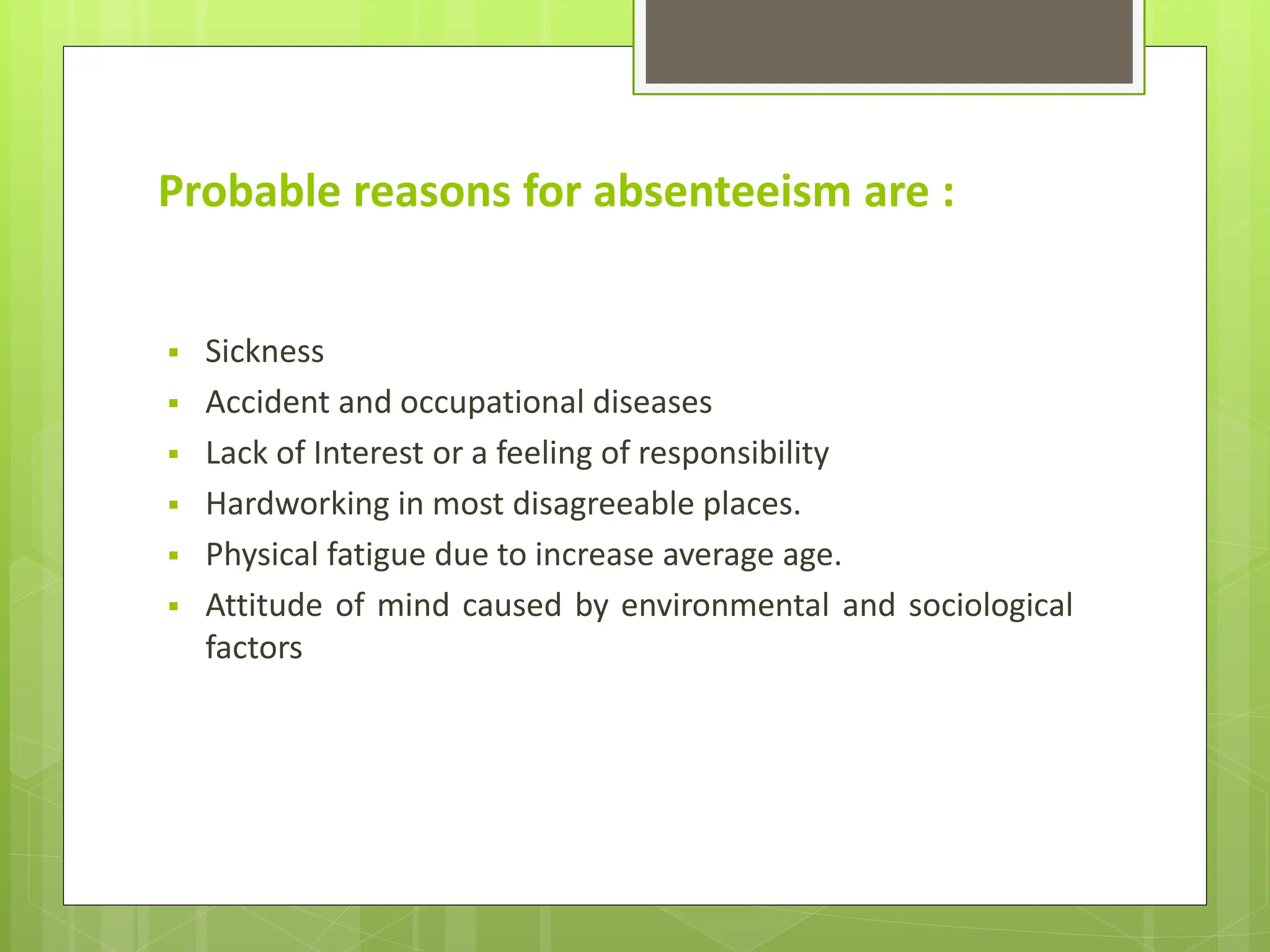
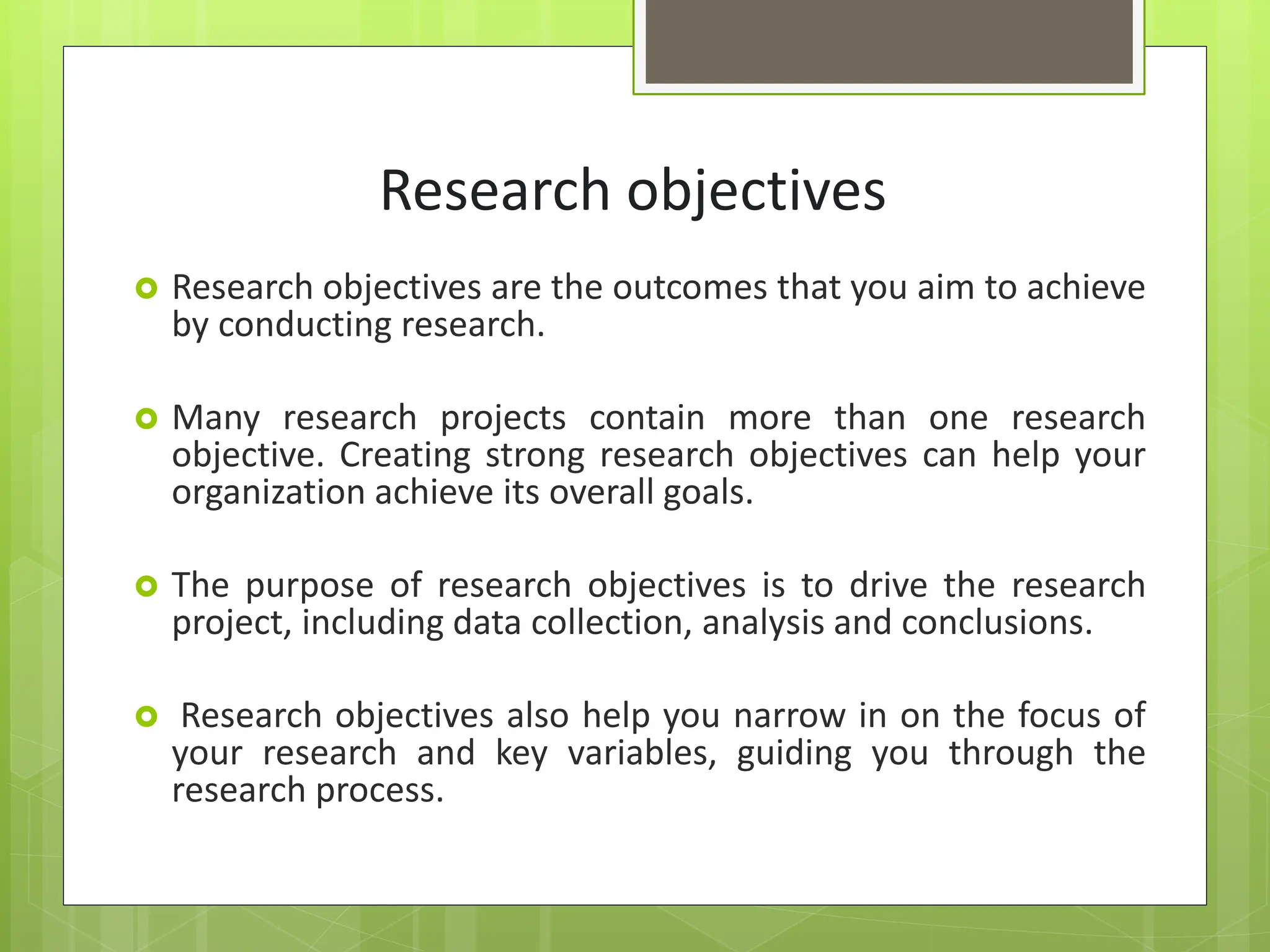


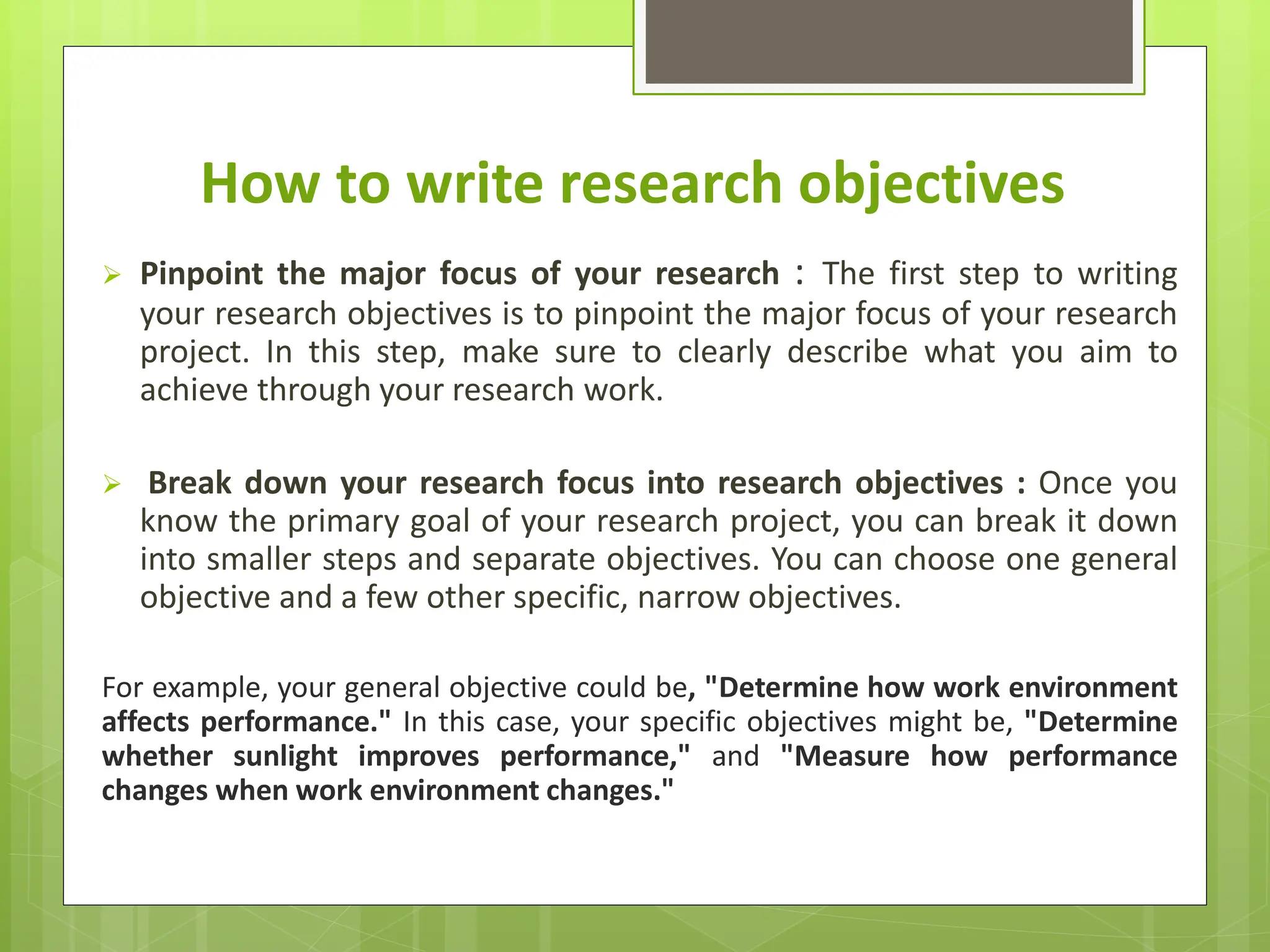
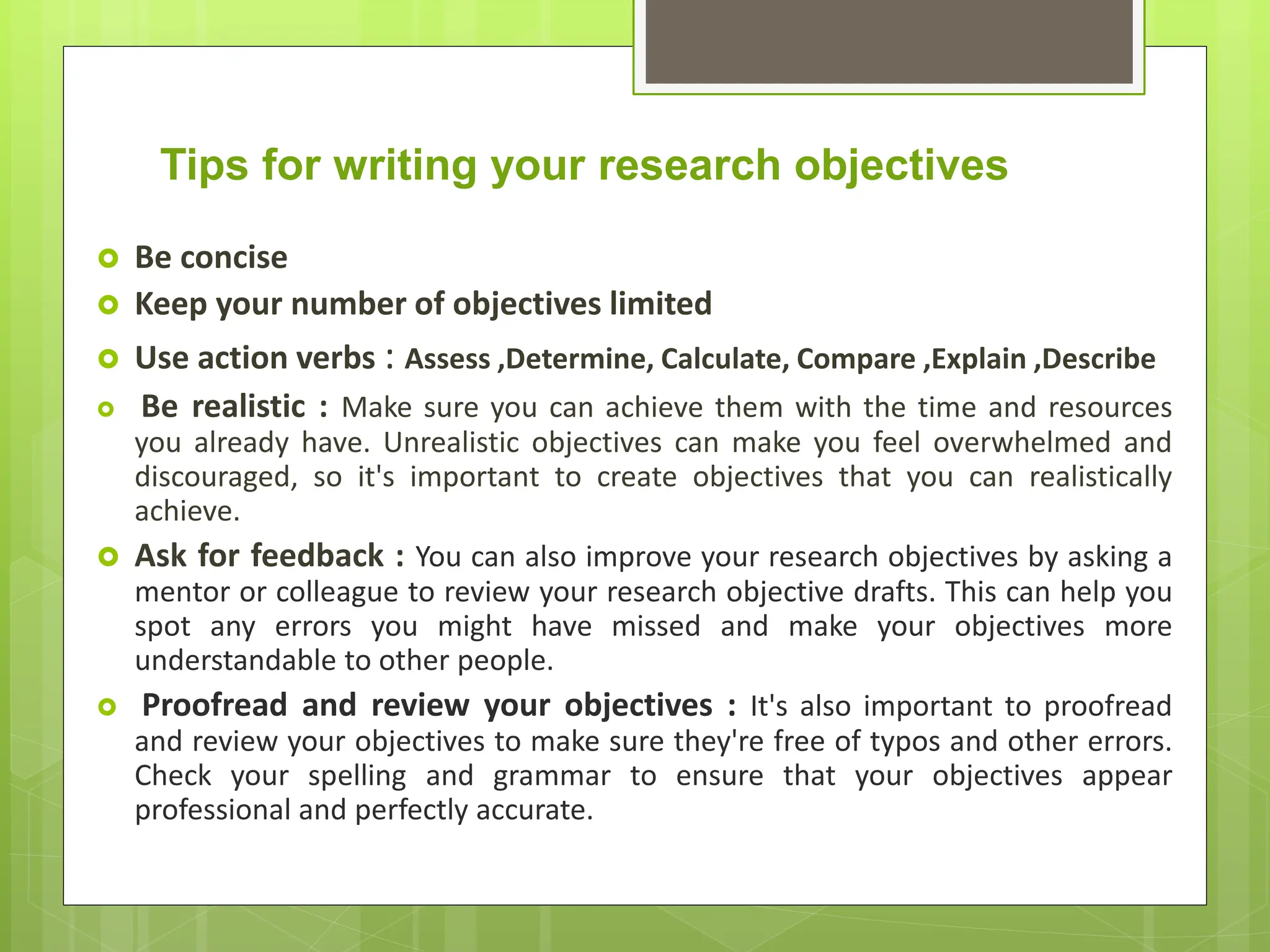

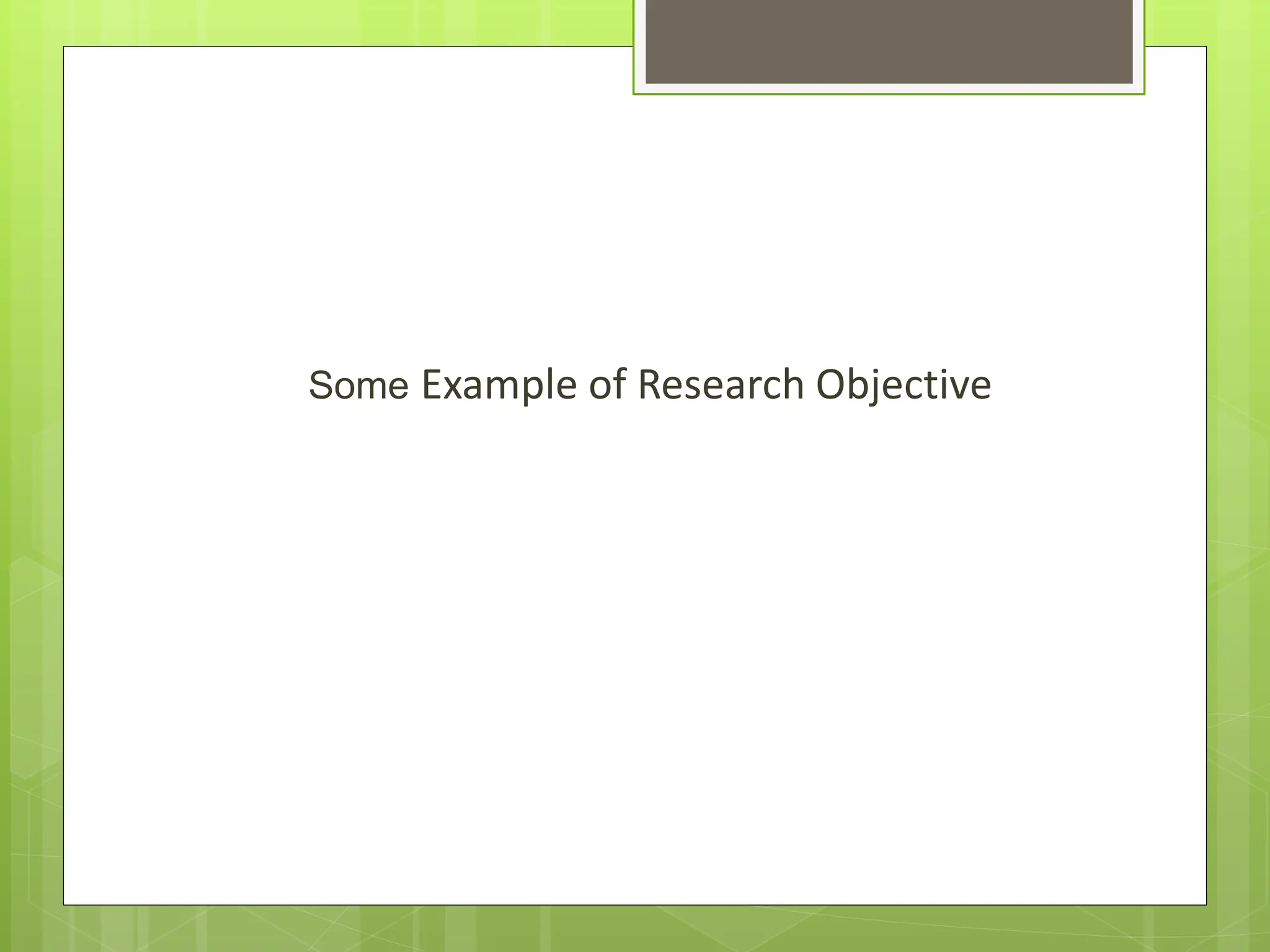
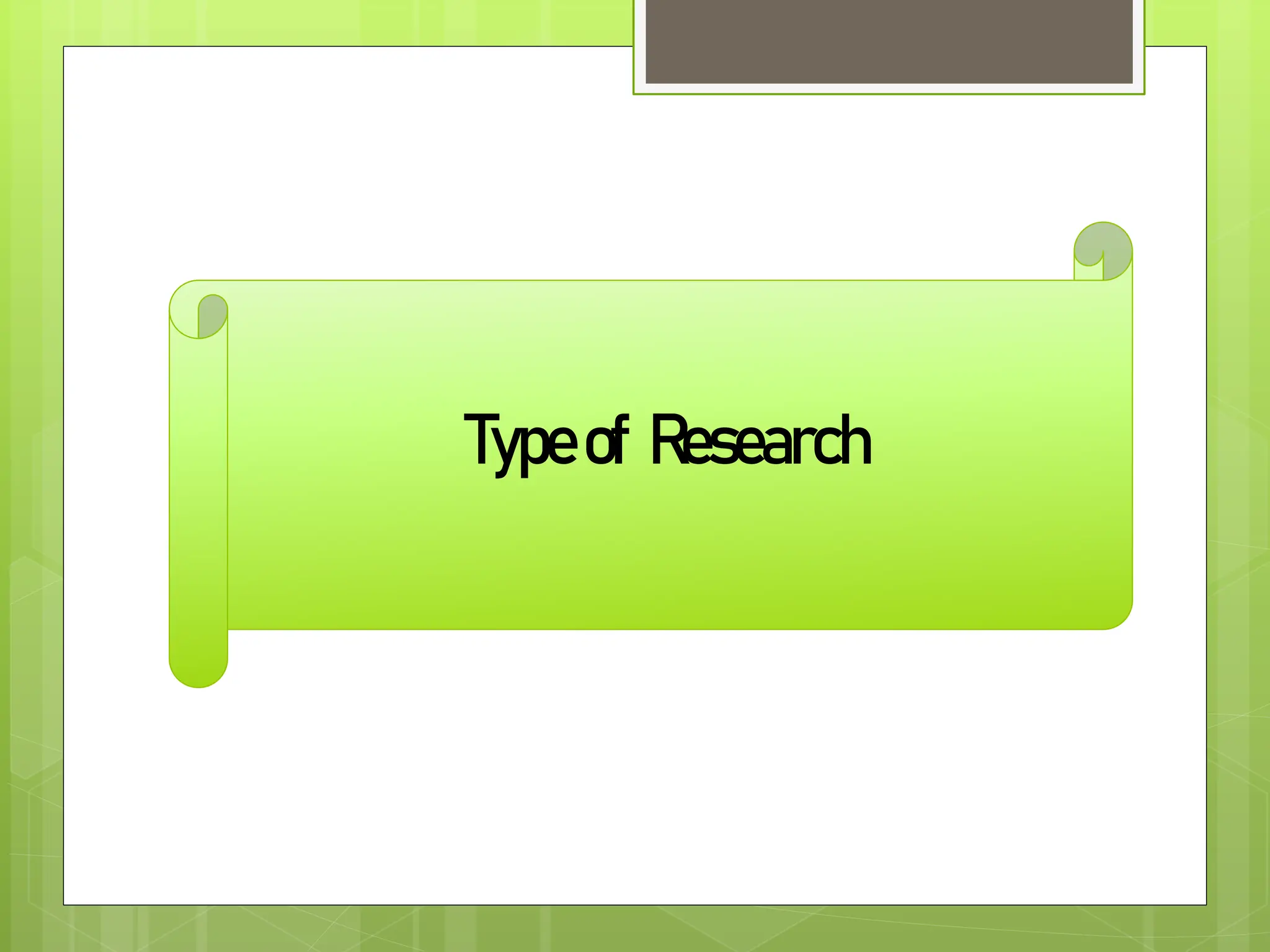

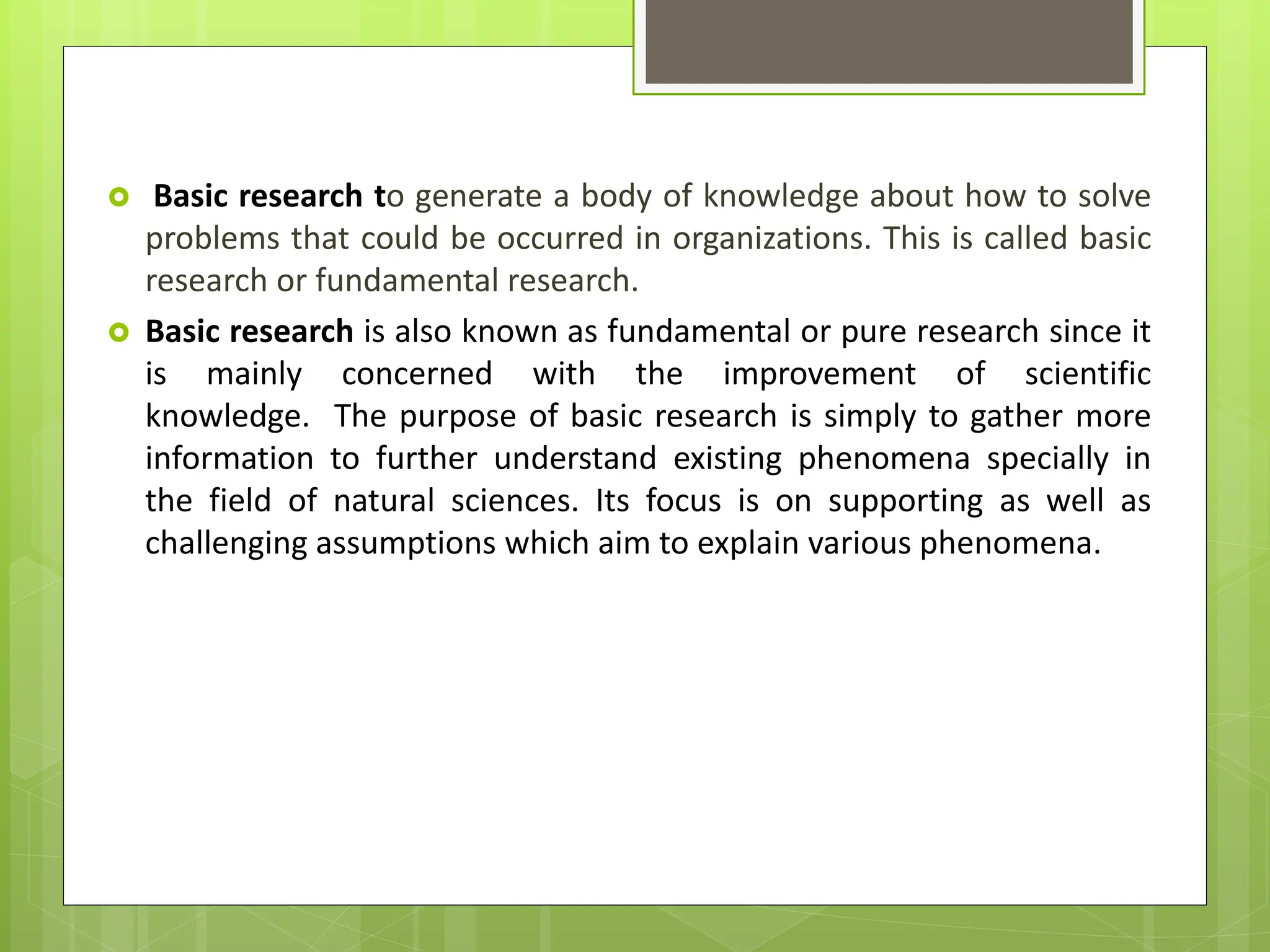






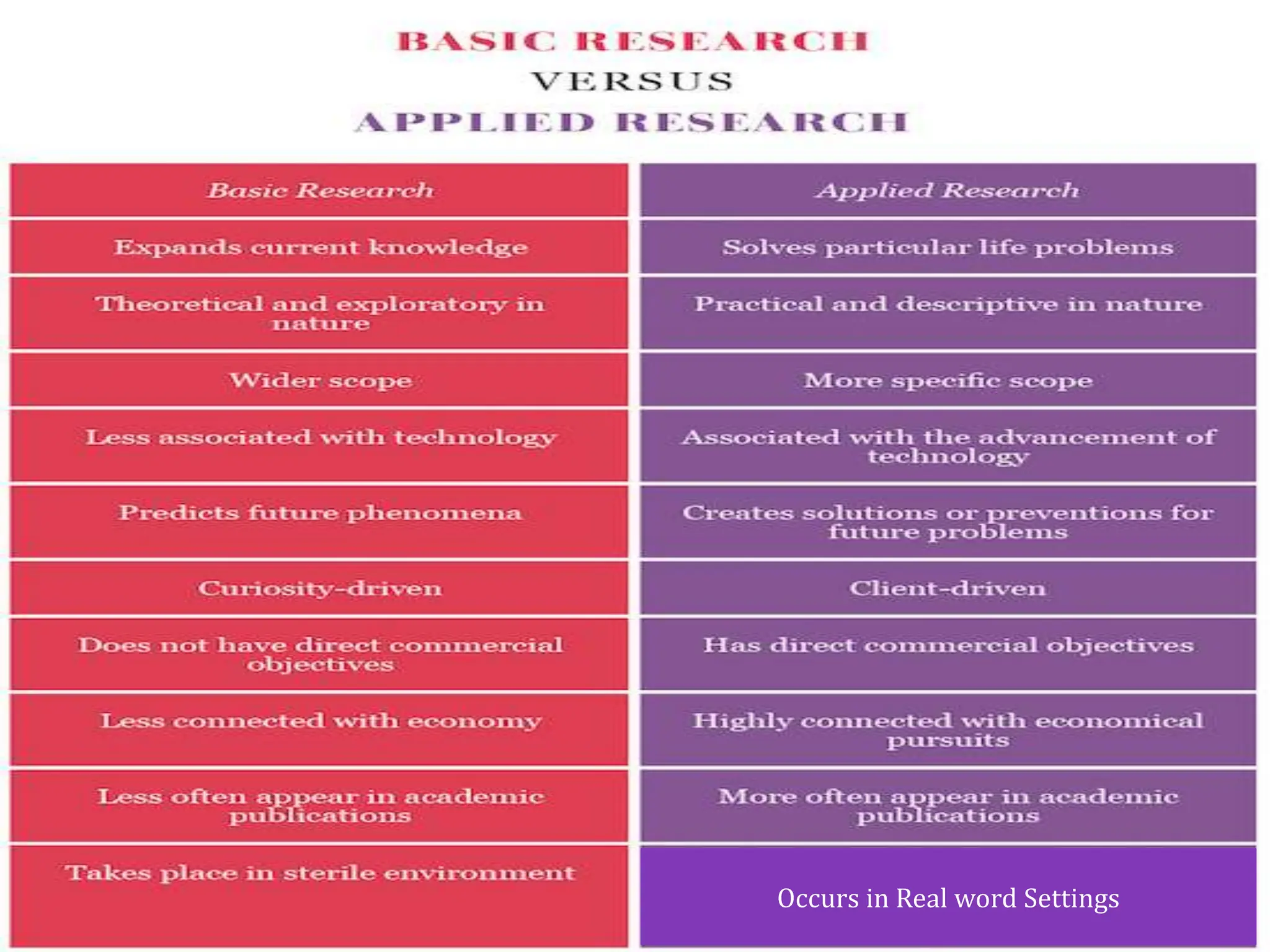

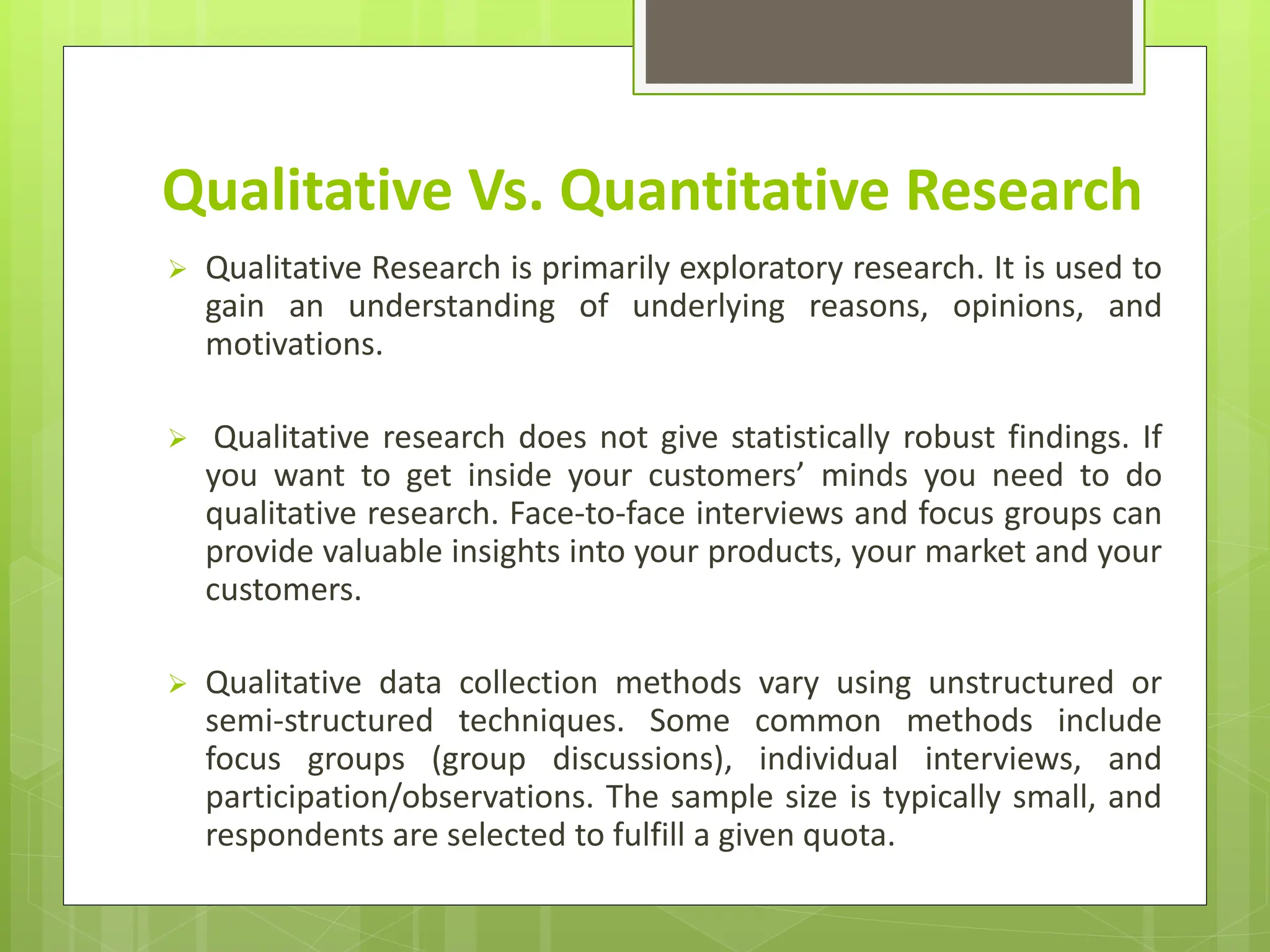


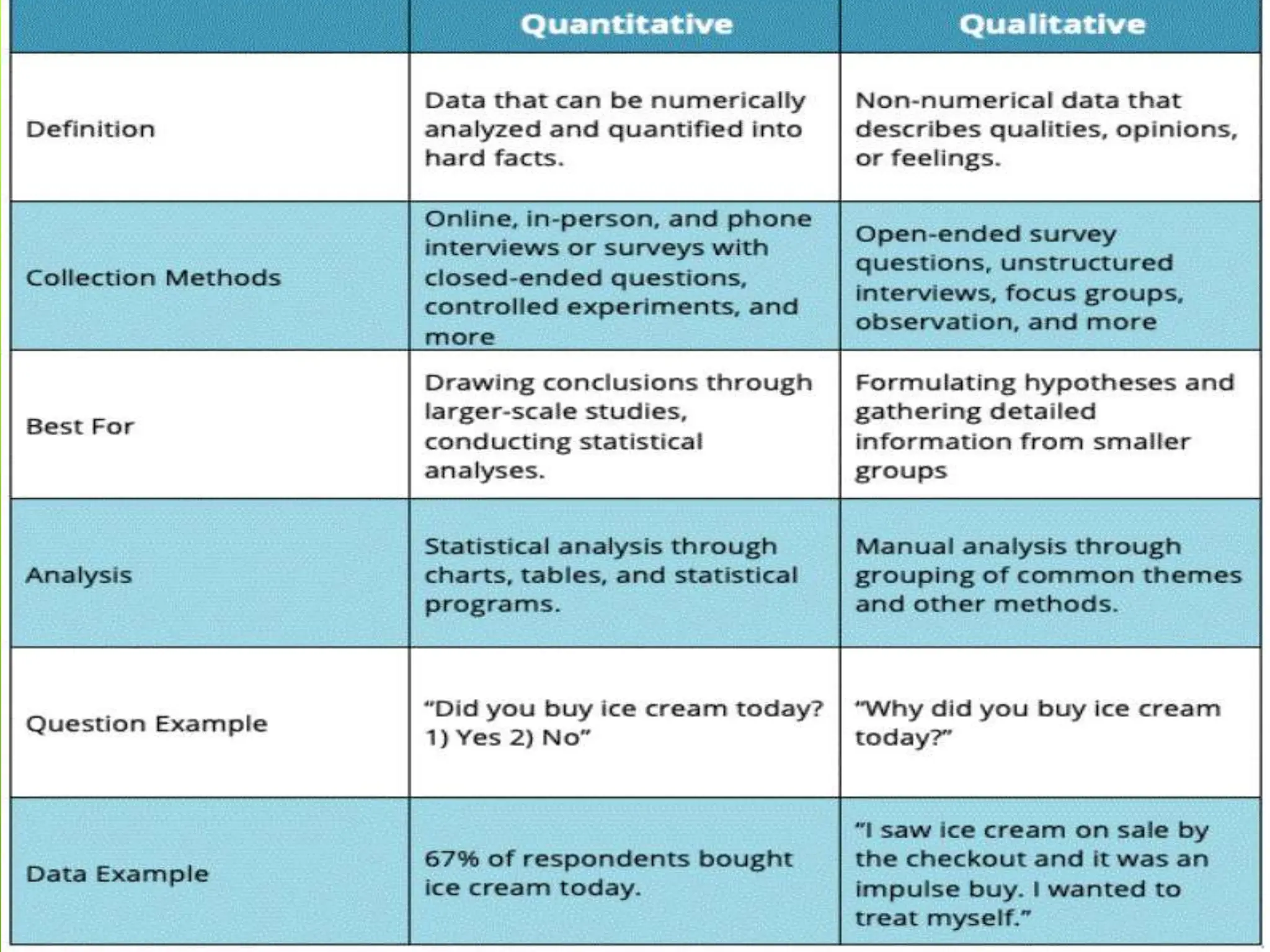
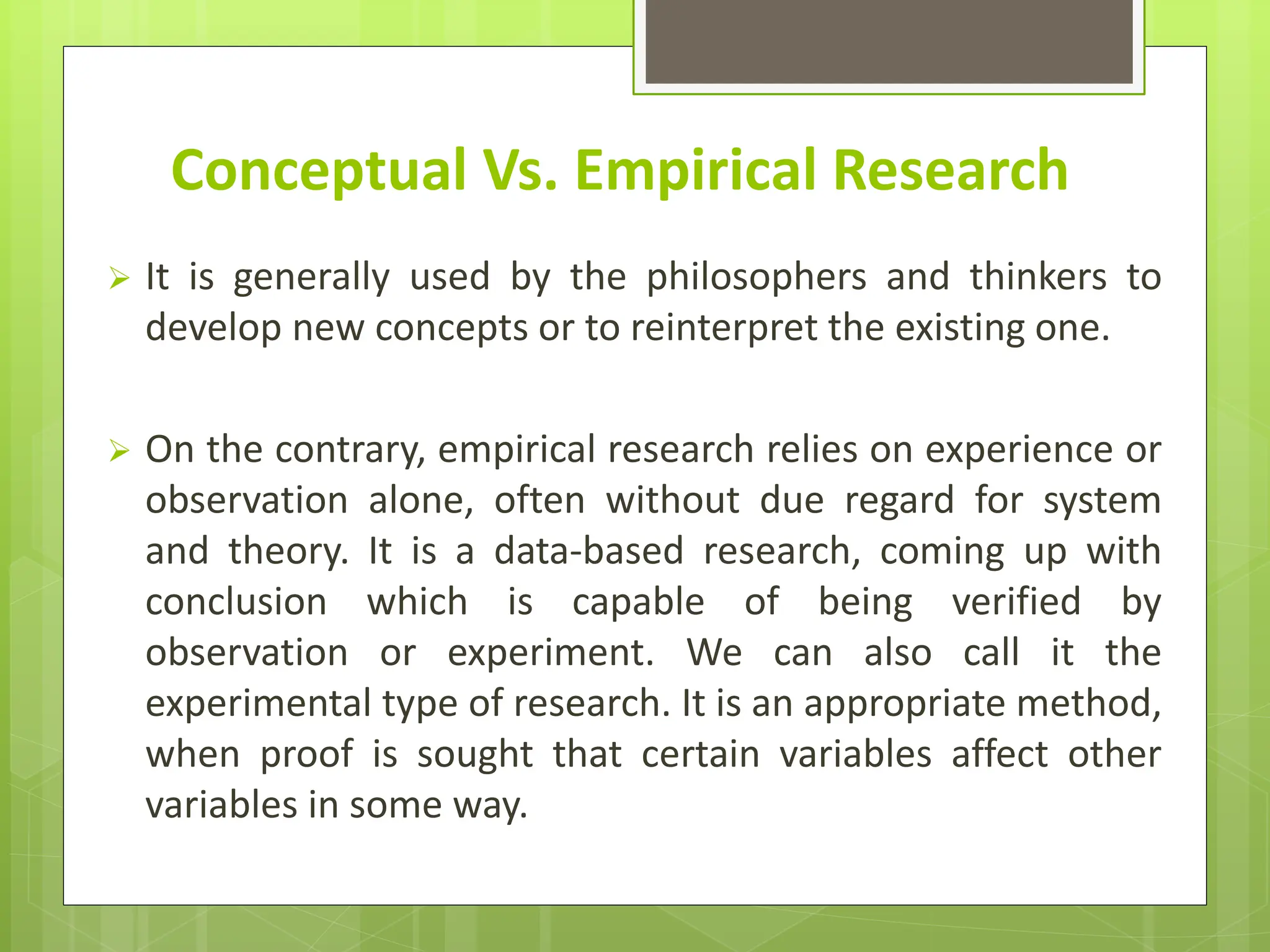
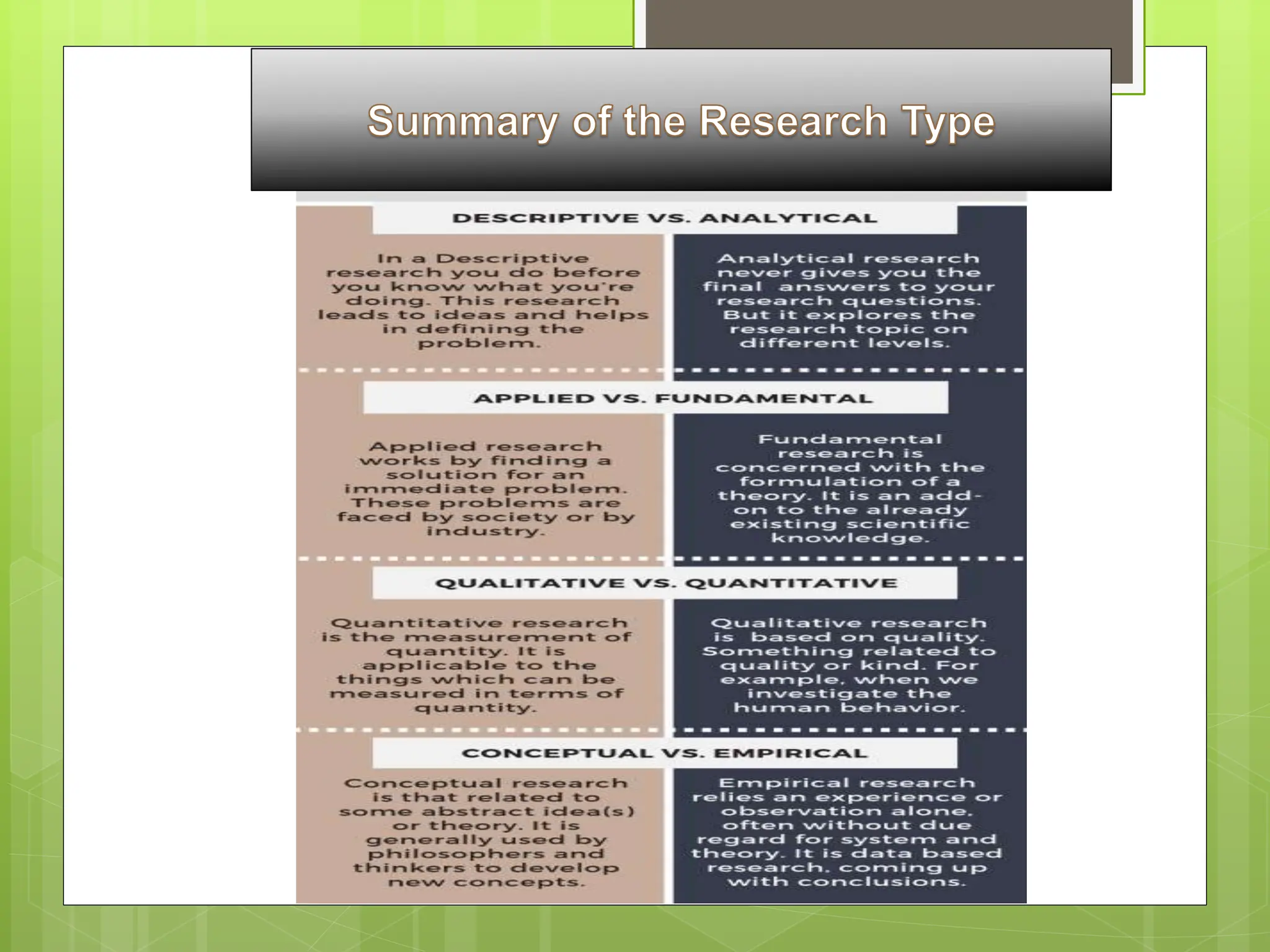

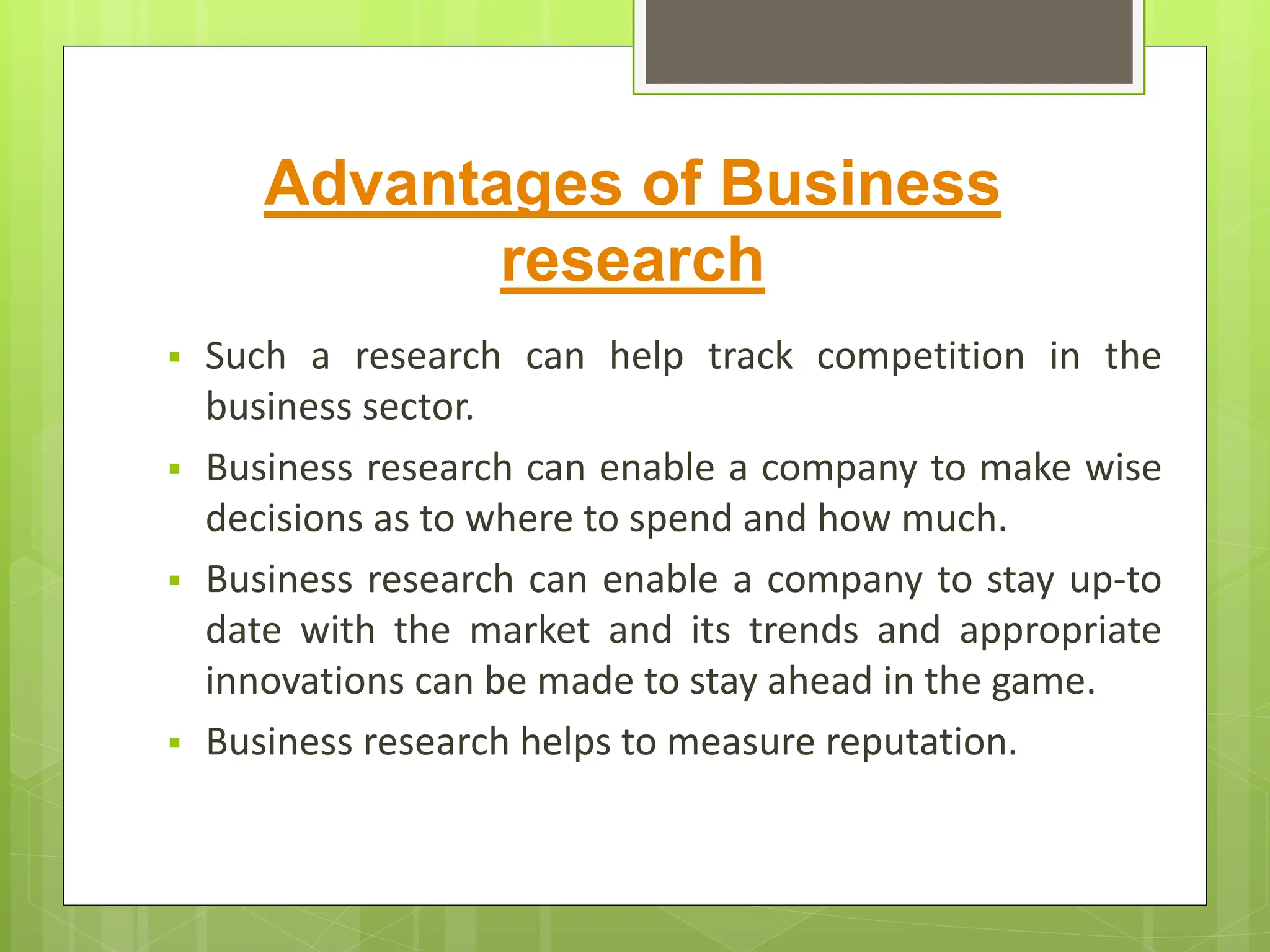

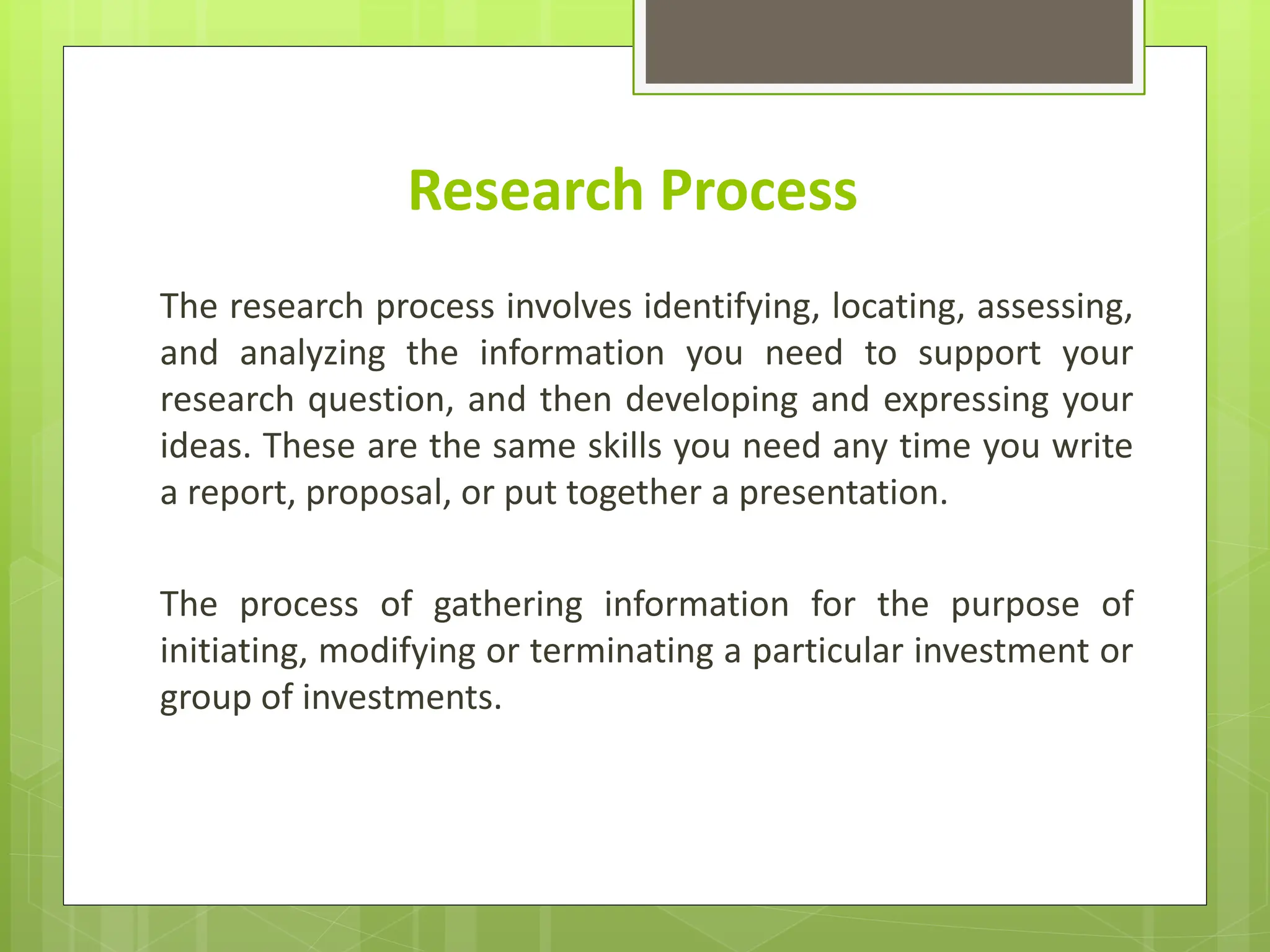






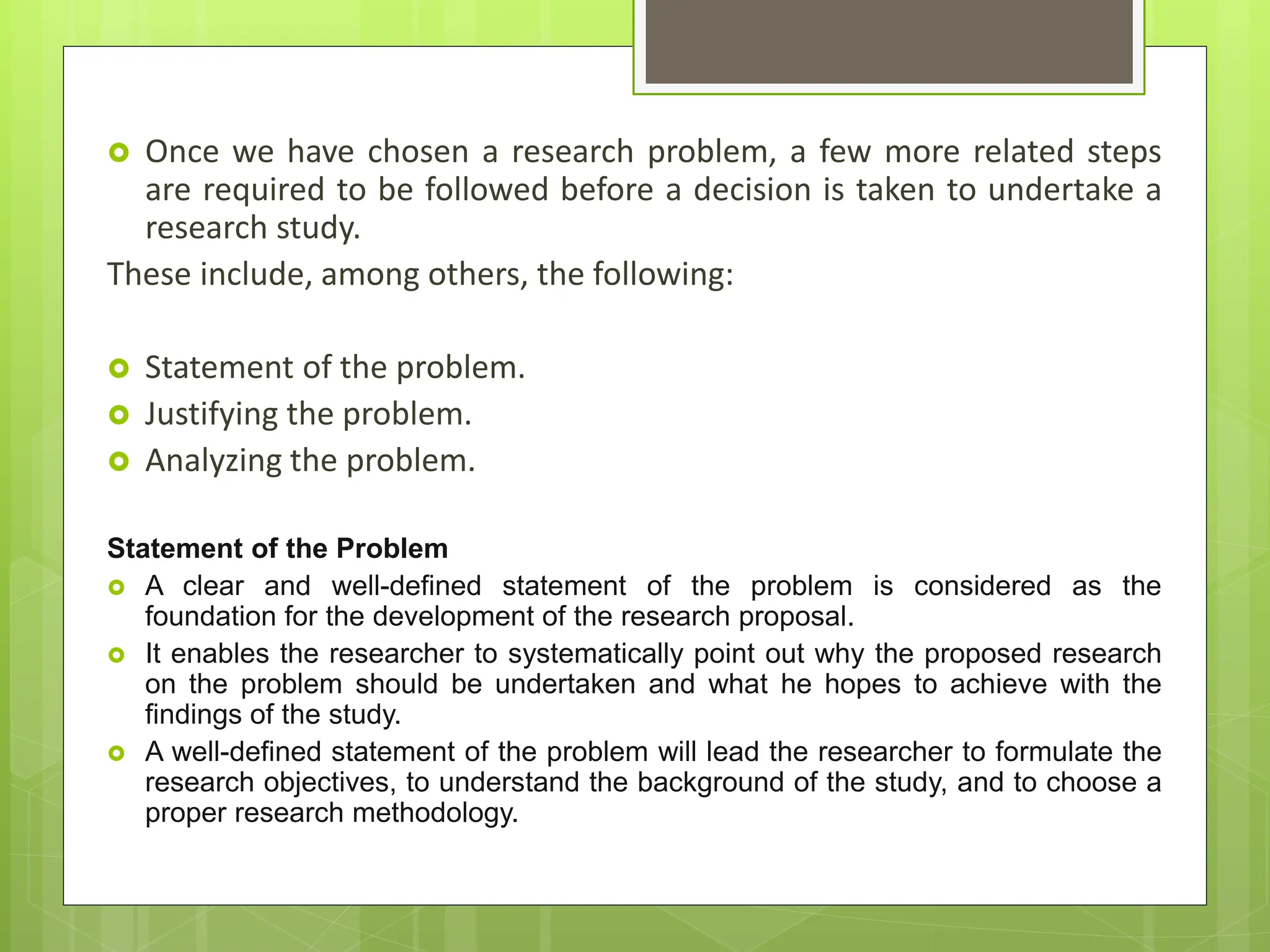
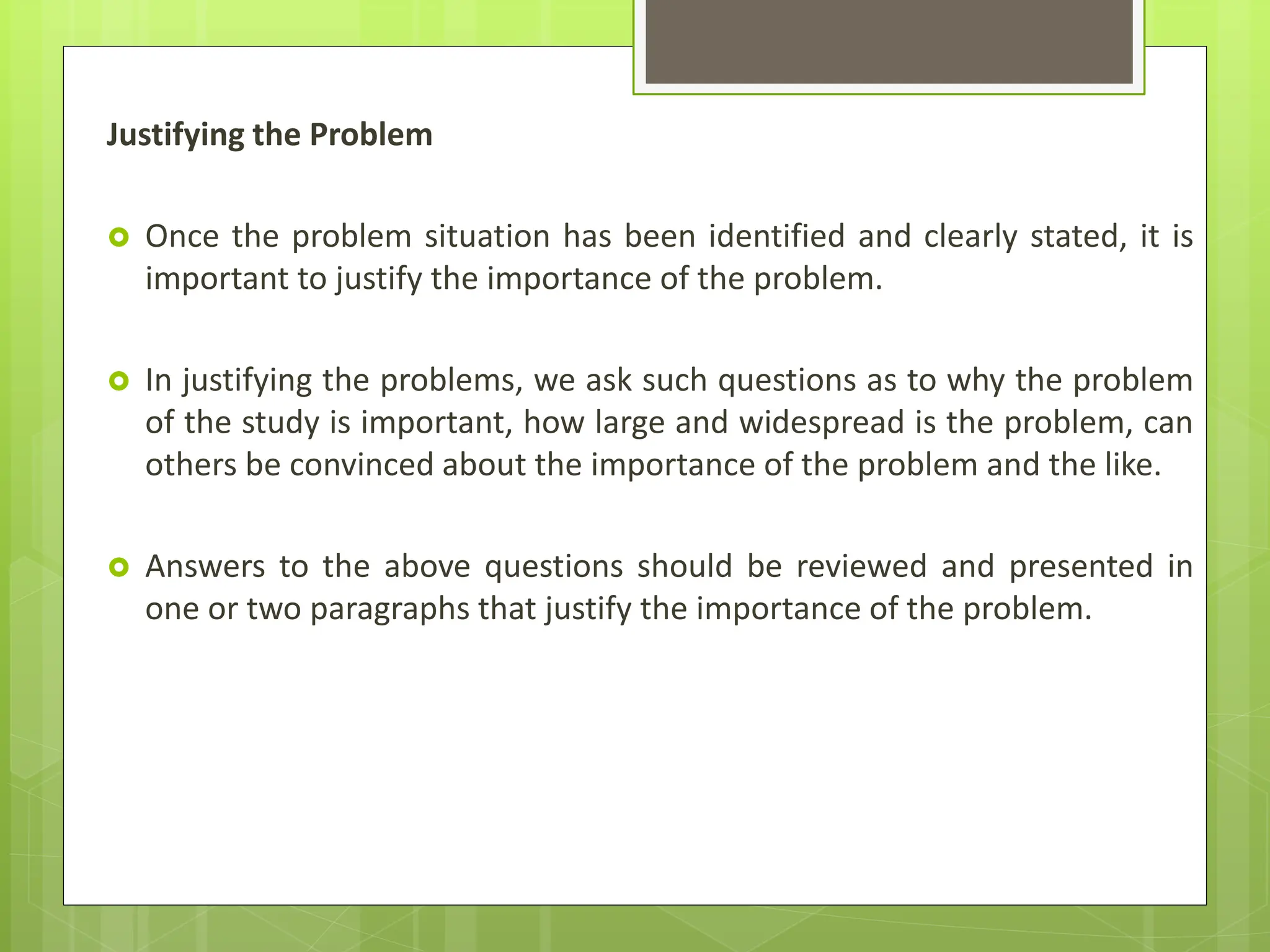
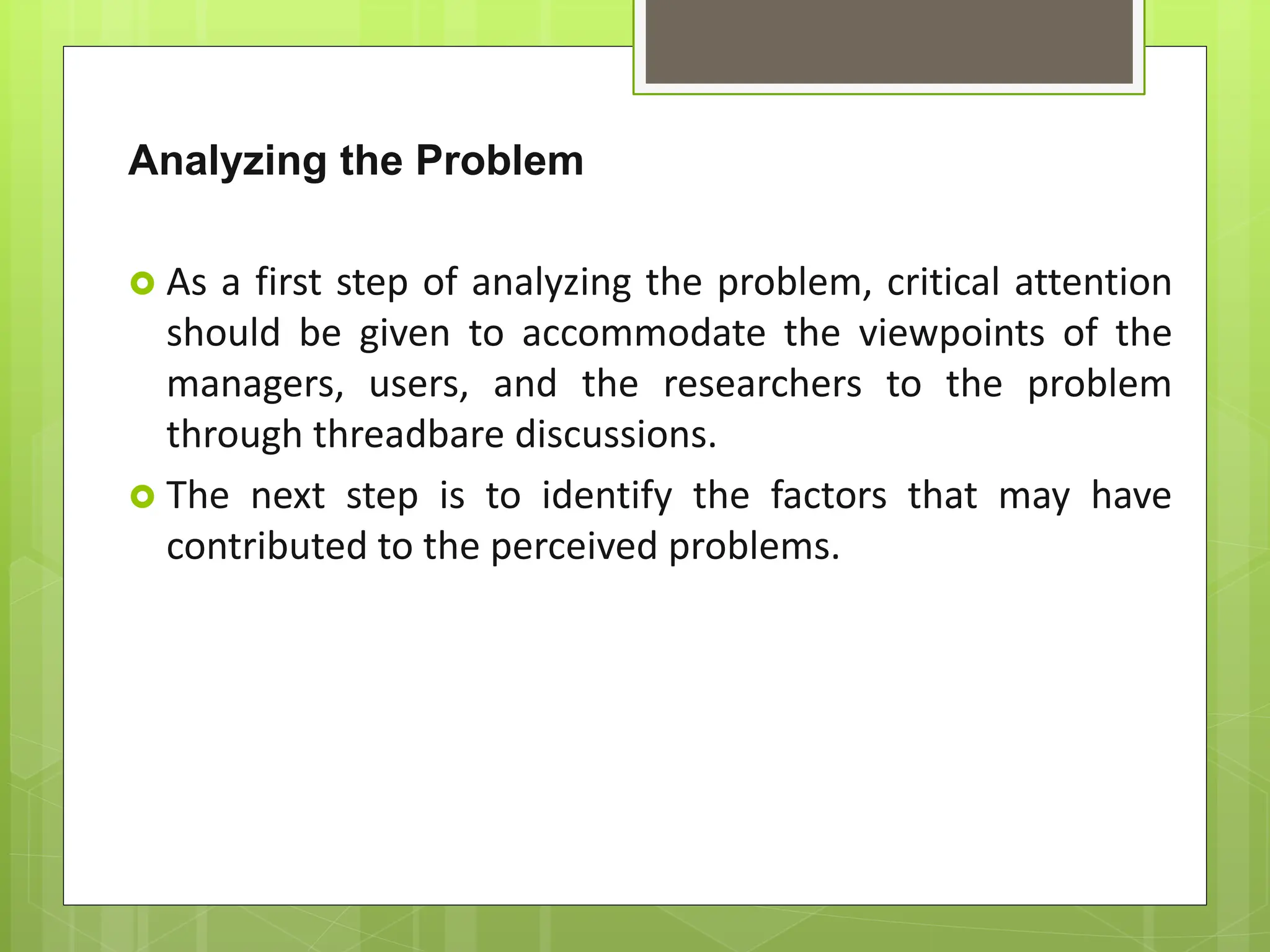
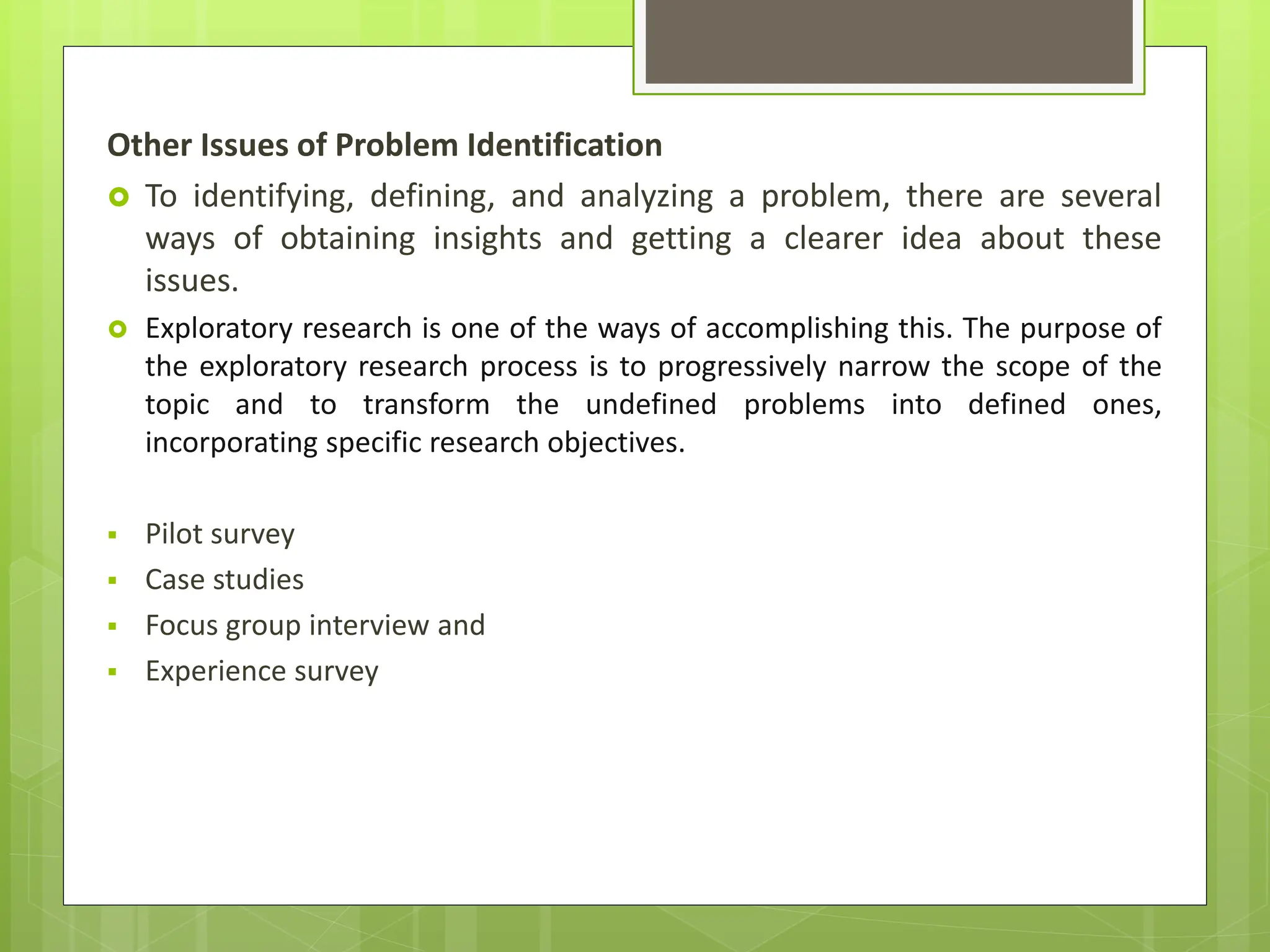


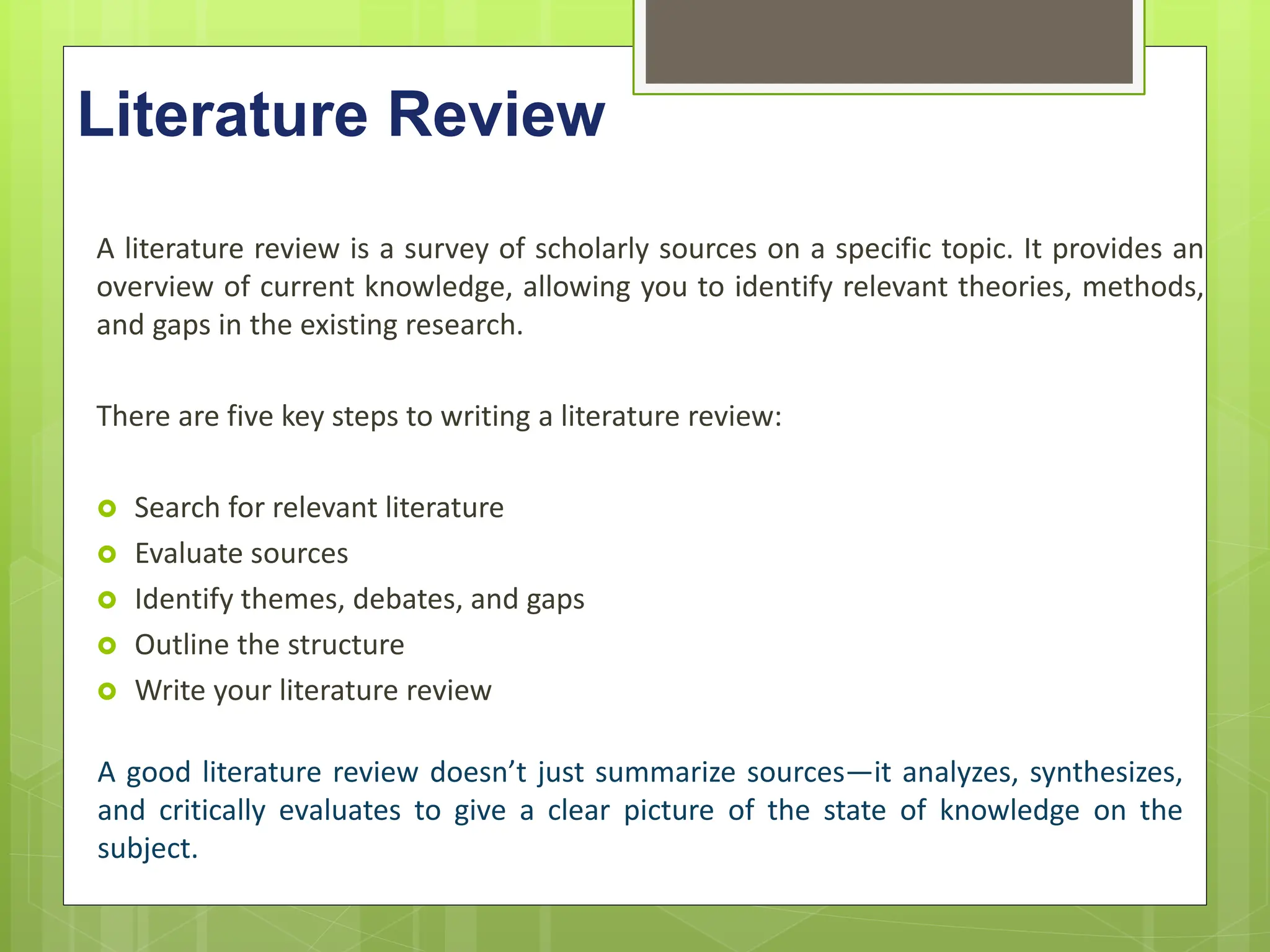


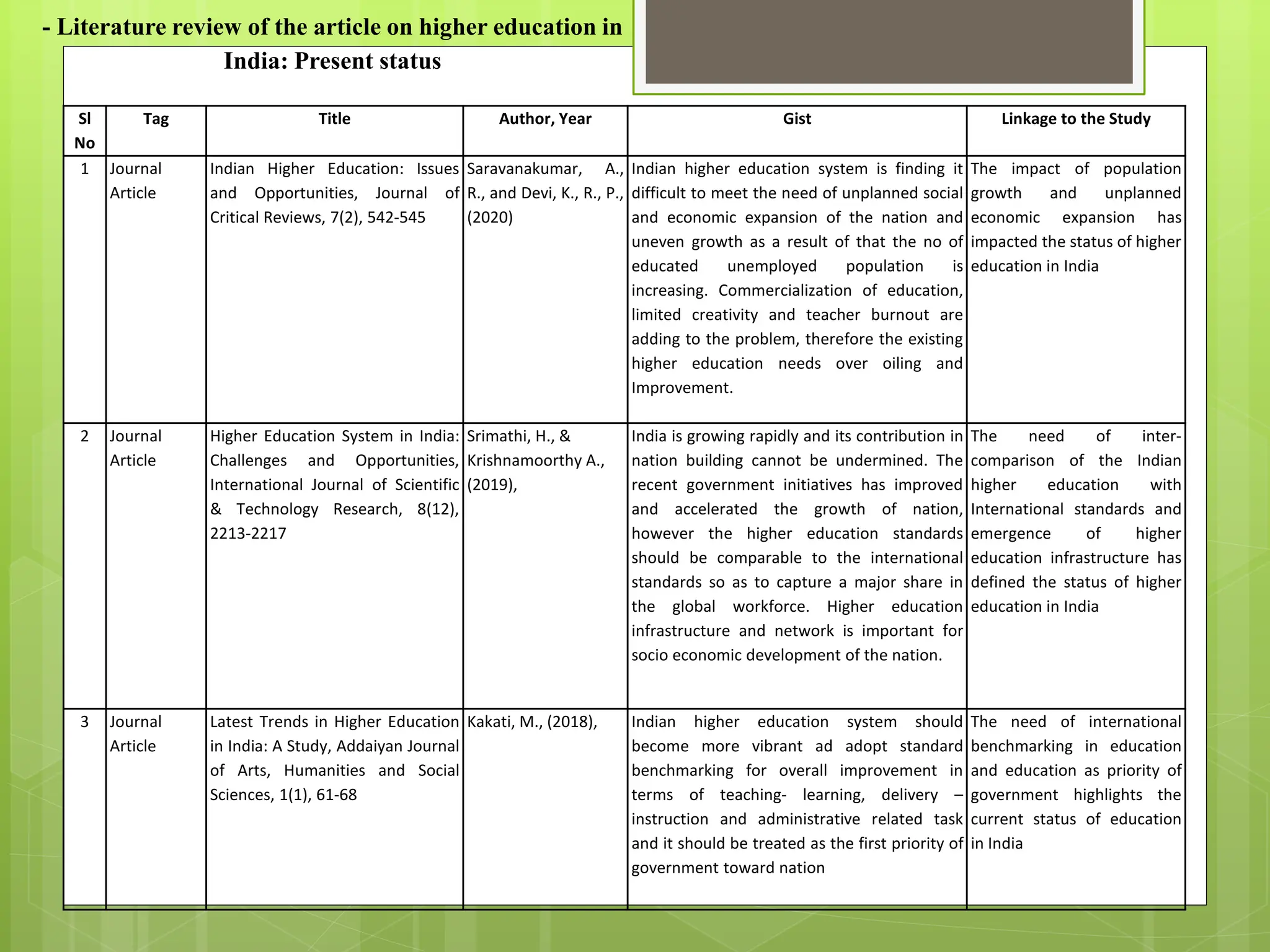
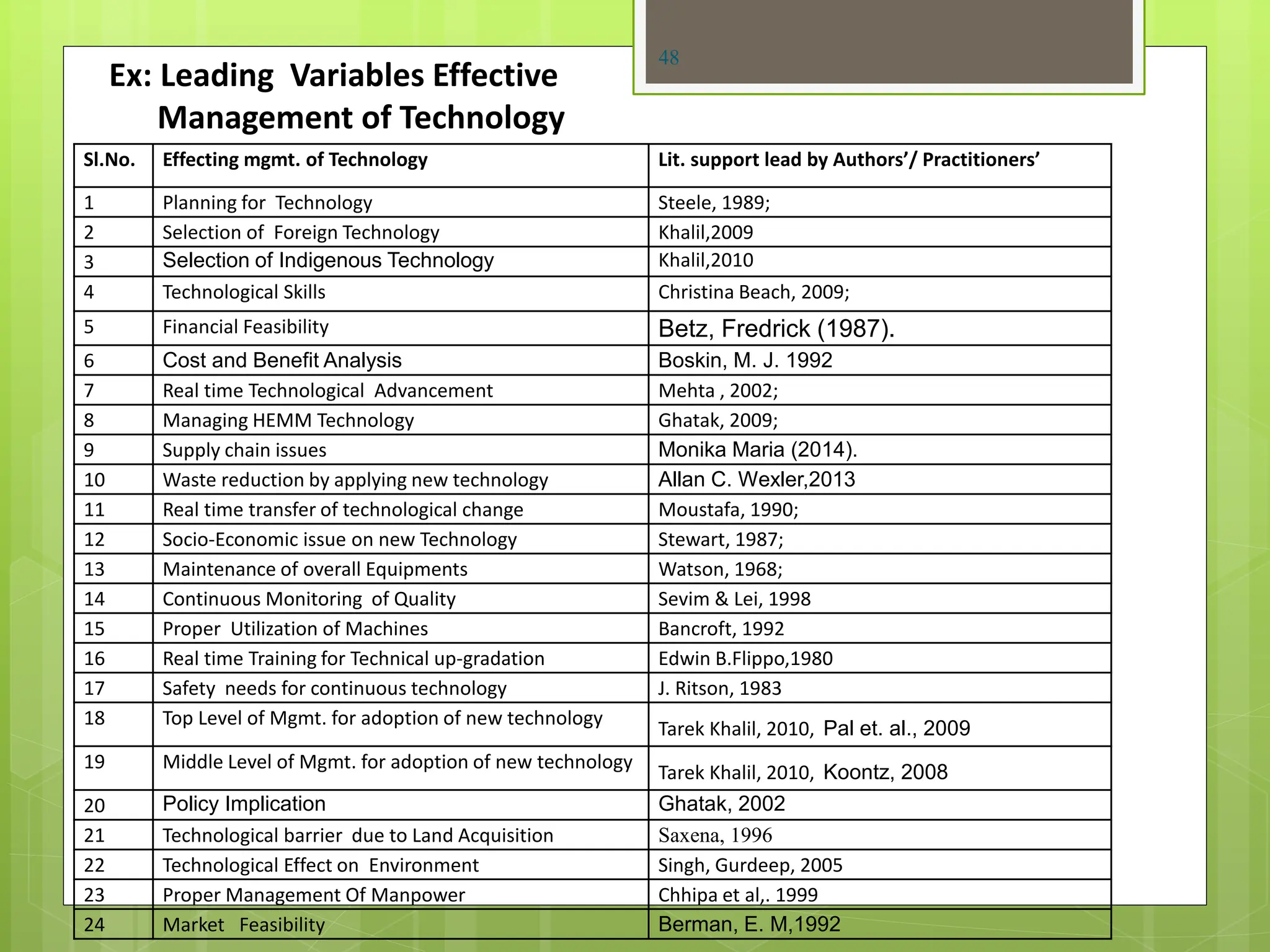


![ So a proposed model is developed by considering Spreng and Mackoy (1996),
McDougall & Levesque (2000) as well as Parasuraman et al., (1985), models to
explain the relationship between service quality and customer satisfaction that
ultimately affect the repurchase intensions and results in more revenue for the
service firms.
Source - Adopted by [Parasuraman et al.(1985); Spreng and Mackoy (1996); McDougall & Levesque
(2000) ]](https://image.slidesharecdn.com/mt601rm2-240216044717-1b50ae56/75/Research-methodology-presentation-51-2048.jpg)
